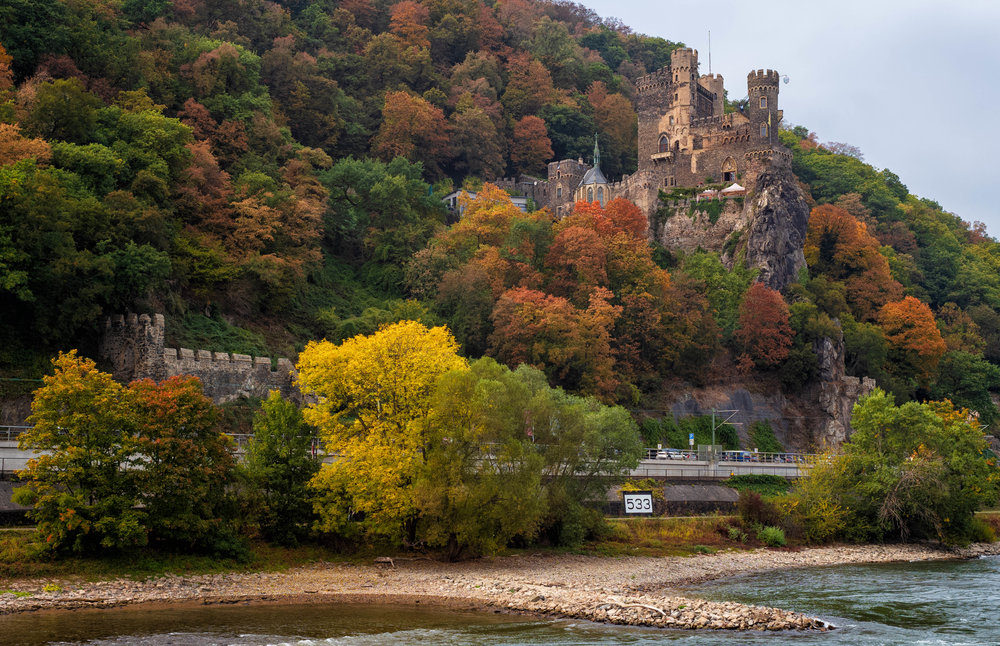
The LHSA (The International Leica Society) recently held its 50th anniversary AGM in Wetzlar, the ancestral and current home of the Leica camera. I attended with my wife Laura. It was good to meet old and new friends who came from 19 different countries. Some of those friends were, like myself, also members of the Leica Society in the UK — such as Keith Walker and Macfilos editor Mike Evans in the photo on the left below and John Gregory who is in the photo on the right.
Click on individual pictures in the gallery blocks to see them full size
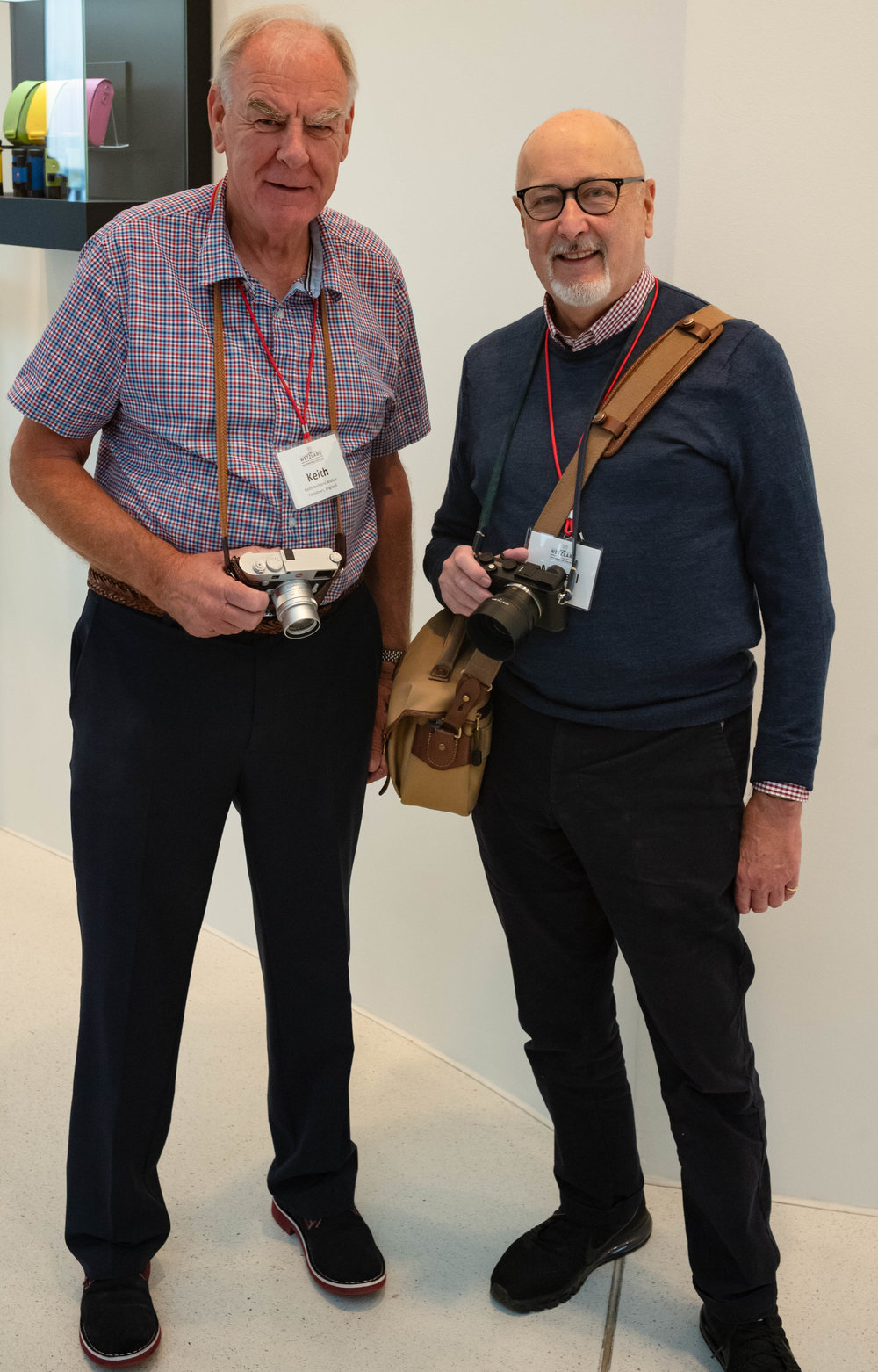
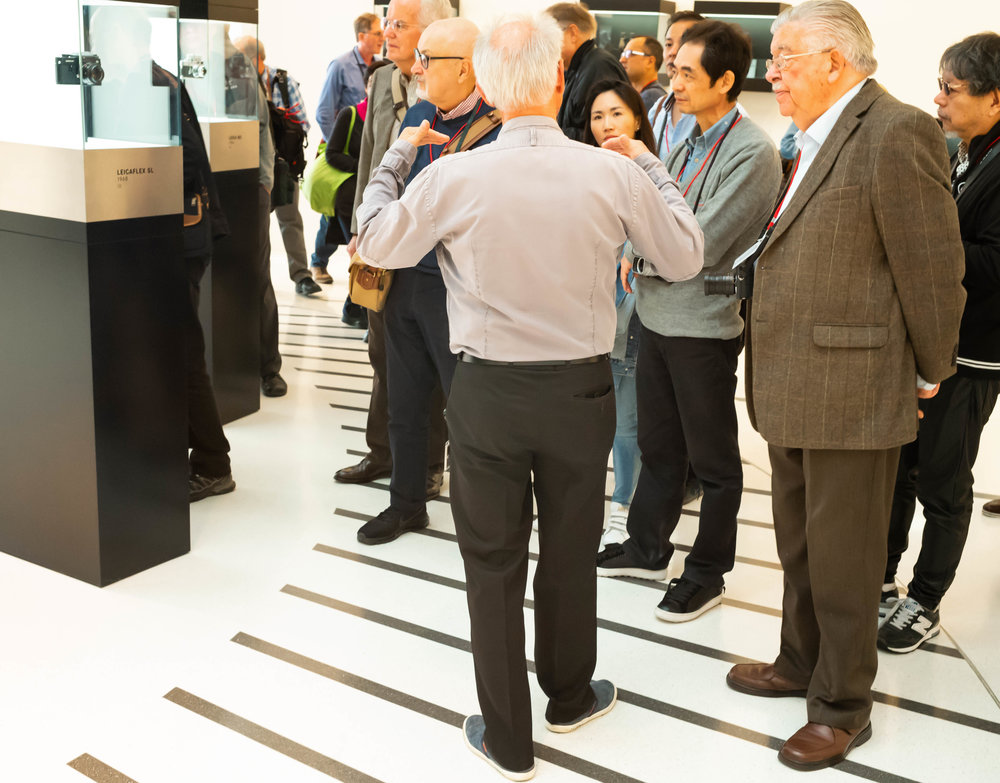
One of the first items was a tour of the factory, or, I should say, the outside of the factory as entry to the actual premises is not permitted to persons who are not staff. Our excellent guide was Lothar Lühring
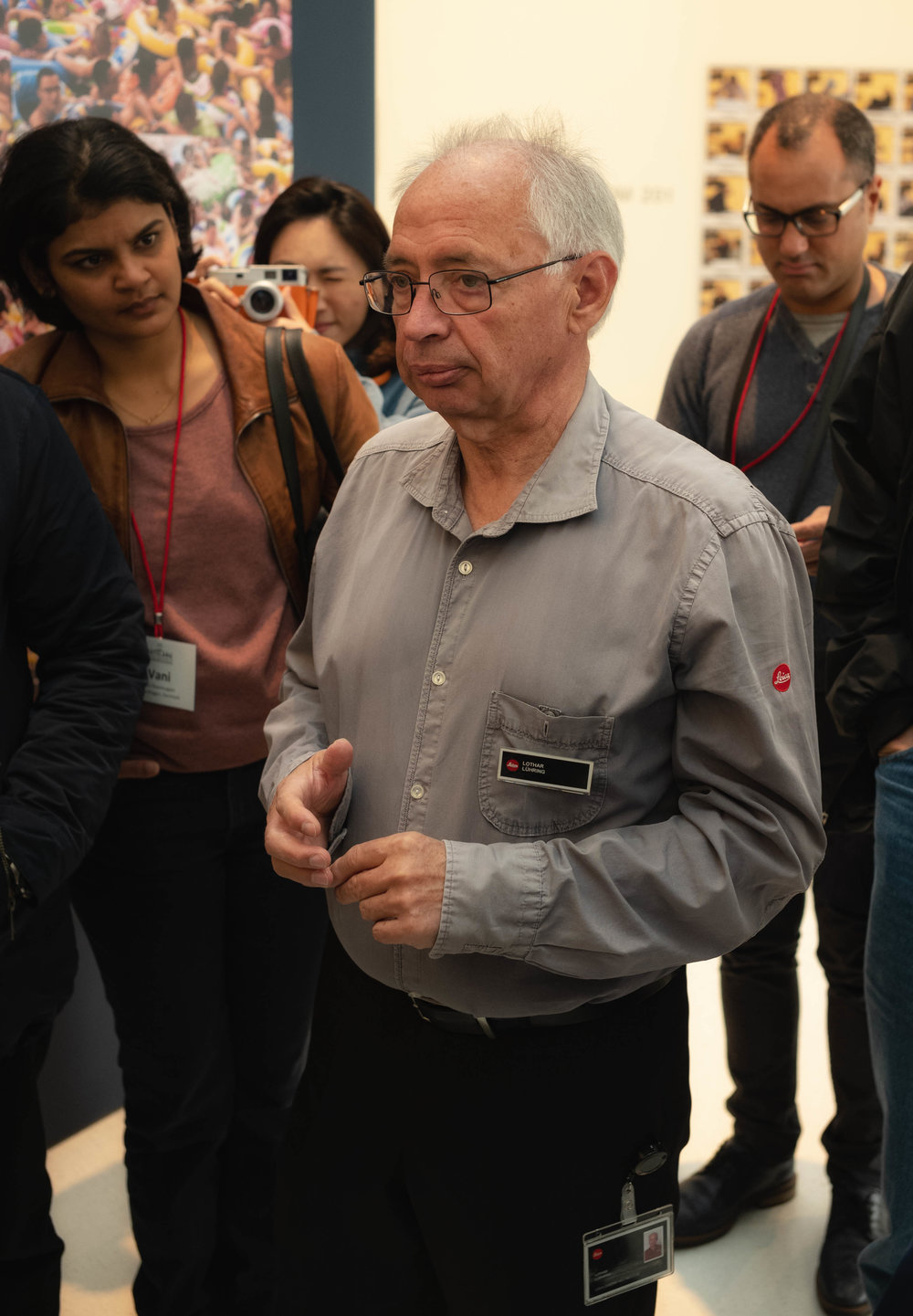
In the back of the entrance foyer there are some examples of early Leicas, including a replica Ur Leica and an early I Model A, together with some Leica copies, including some from the former Soviet Union and a Reid copy from the UK.
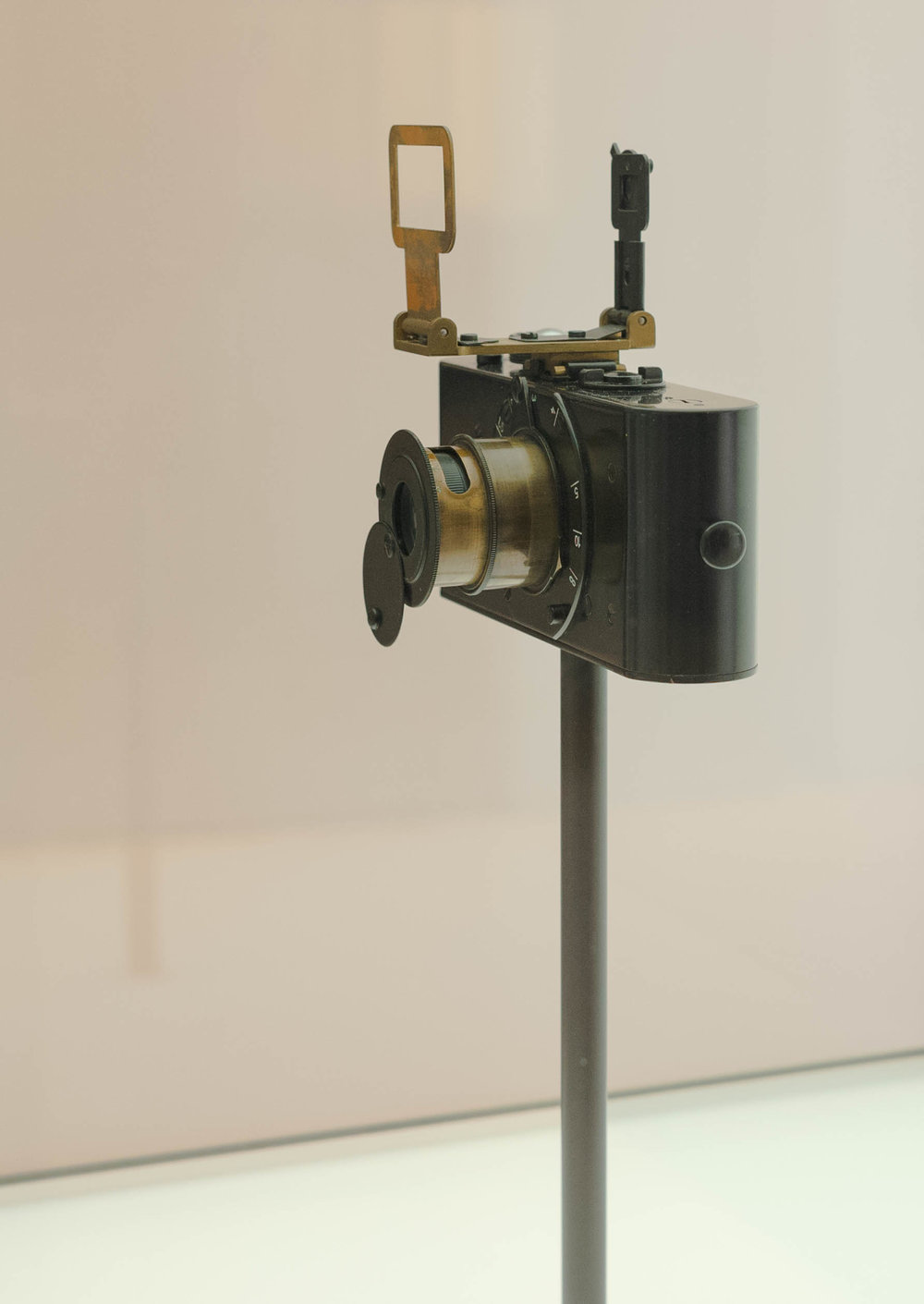
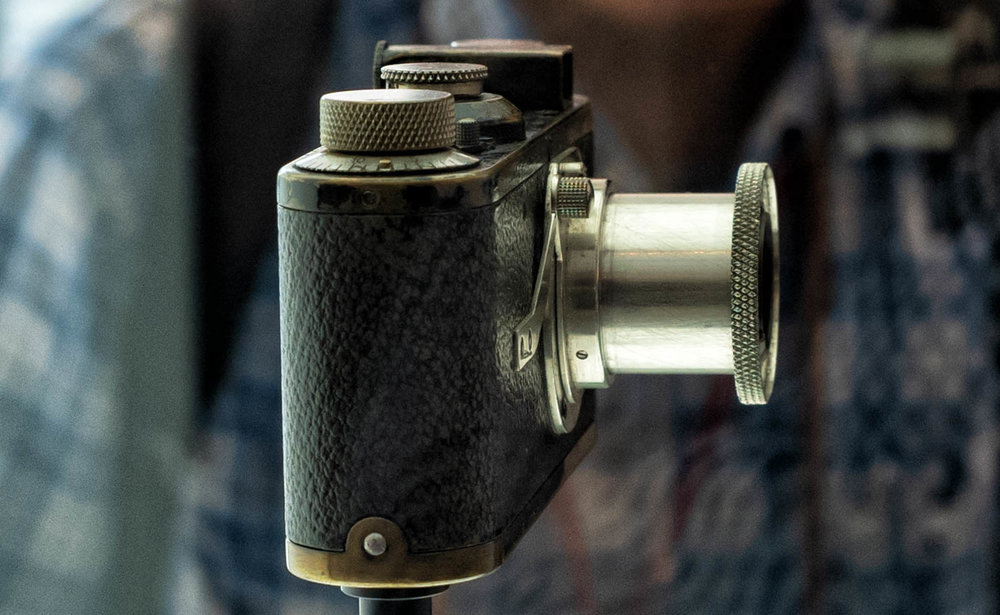
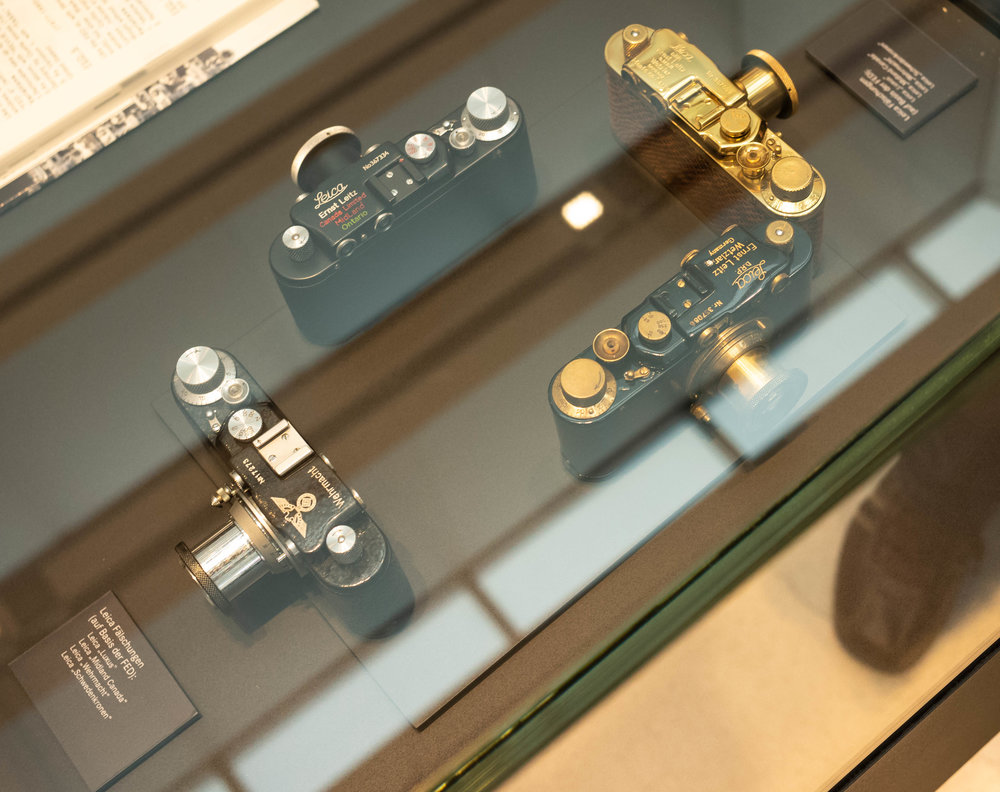
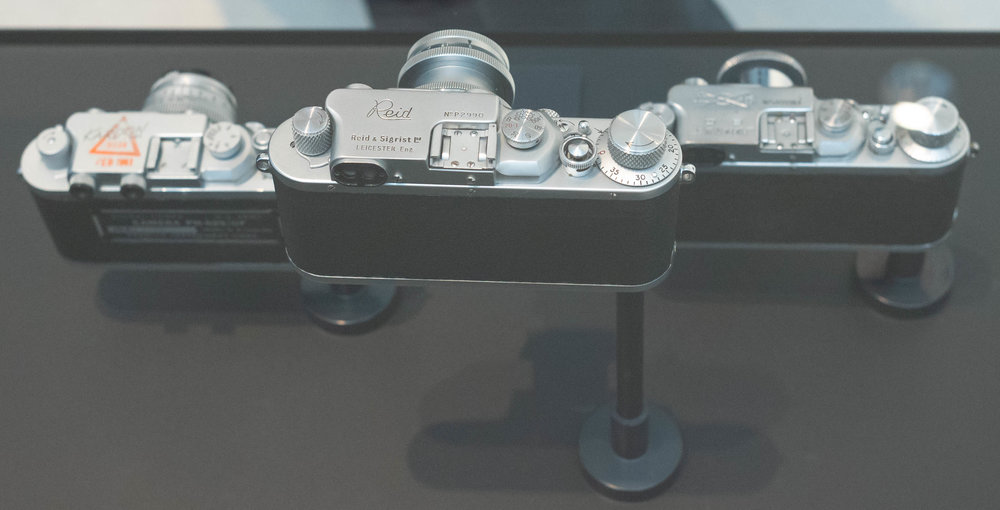
The main factory areas, seen through windows, were involved in lens manufacture.
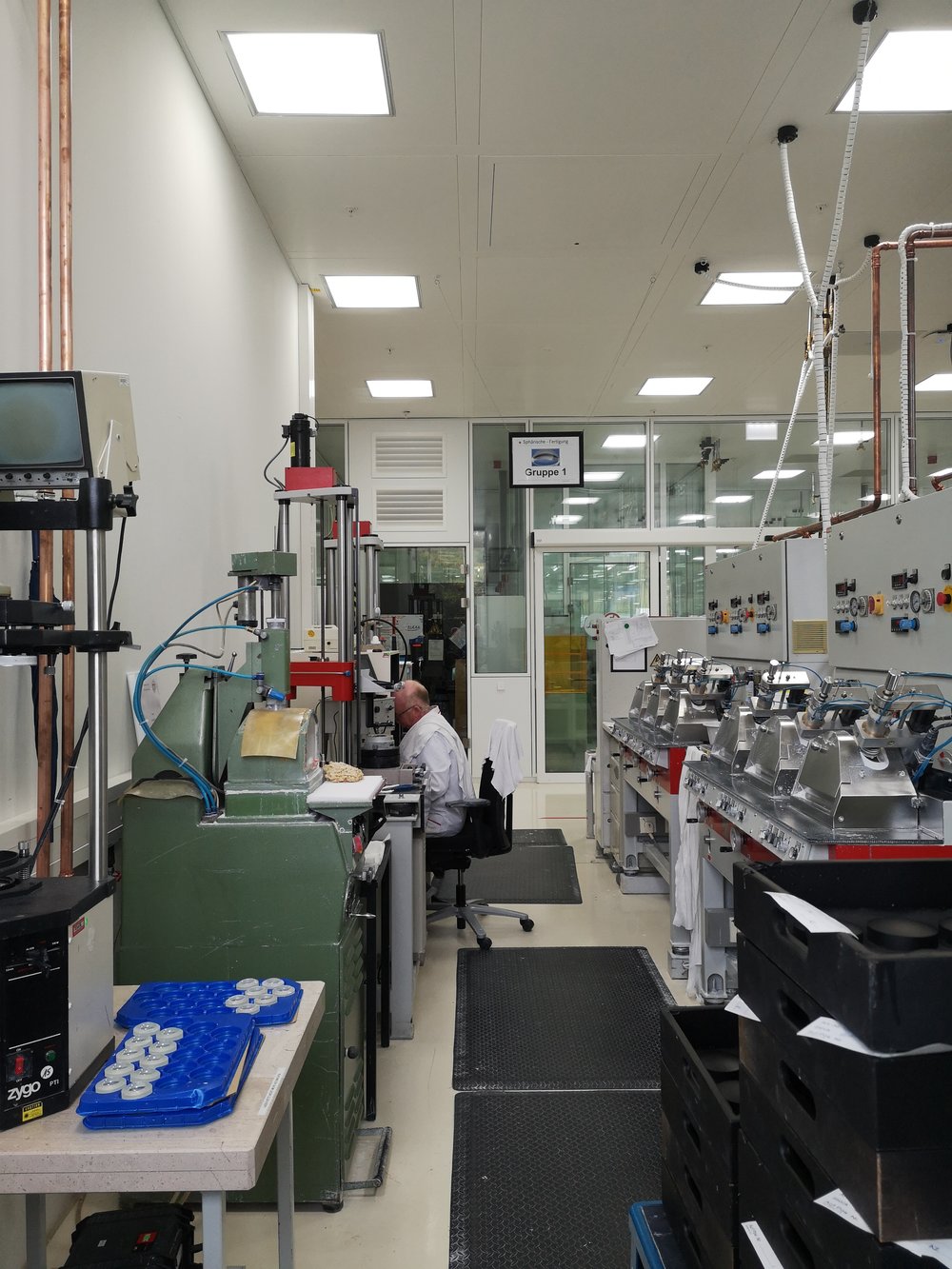
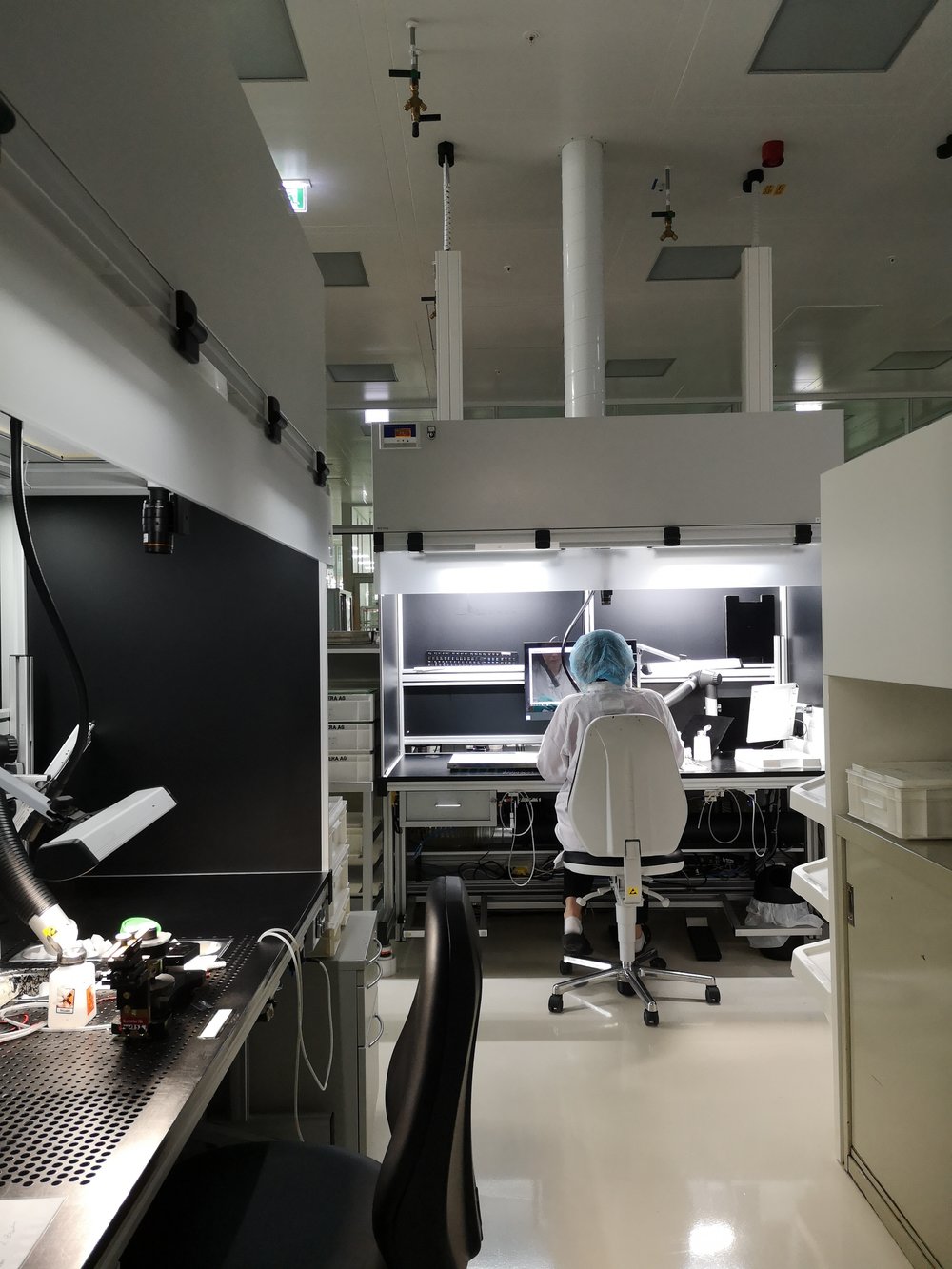
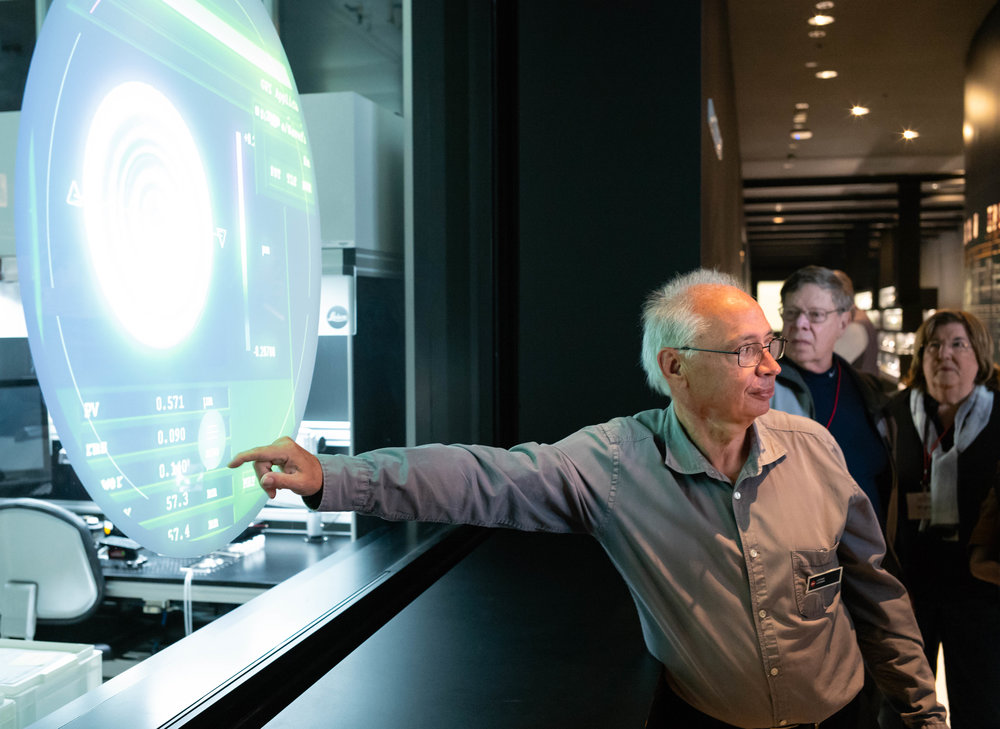
A cabinet beside the factory contains a notebook with some other items. The notebook includes numbers which were engraved or stamped behind the infinity knobs on lenses to indicate the actual focal length of a particular example. Time and space do not permit going into this in detail here, but I can write another article about this if anyone is interested. The note at the bottom of the page appears to have been written in 1936, some months after the death of Oskar Barnack. The handwriting looks like that of Mr Zuhlcke, the foreman of the optical department, who had reported to Barnack on lens development and manufacturing issues.
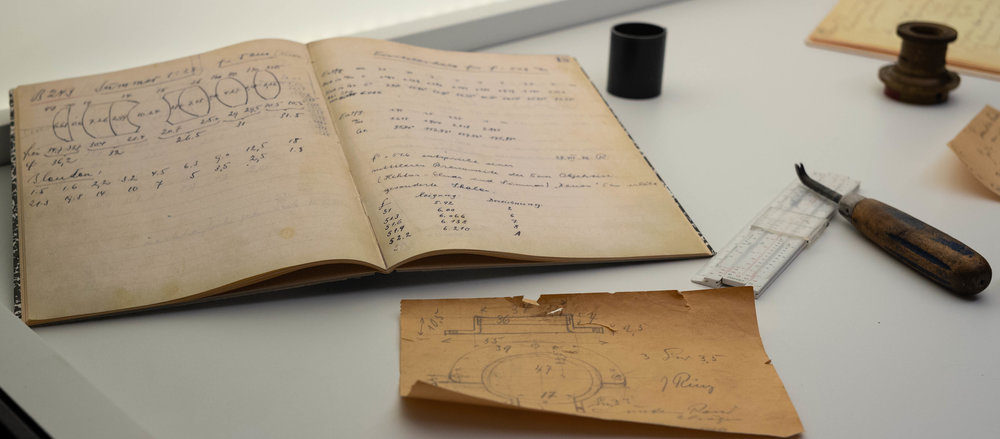
At the back of the optical department, some vintage Leicas were on display in glass cases. These do not really constitute a museum or archive. That will come later, probably in 2020.
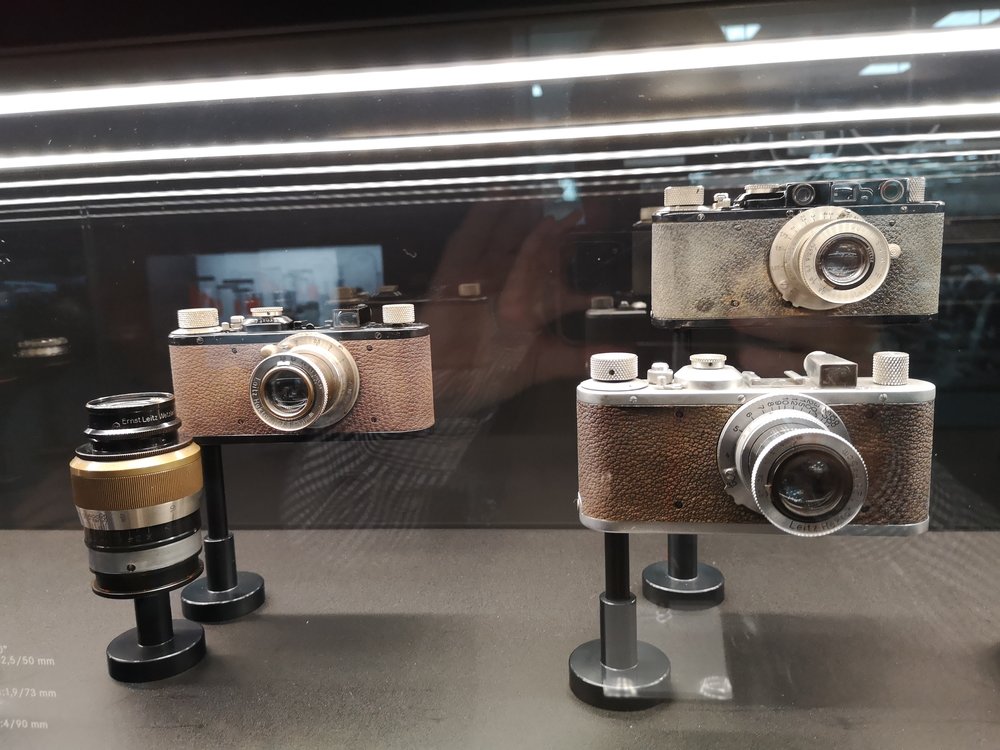
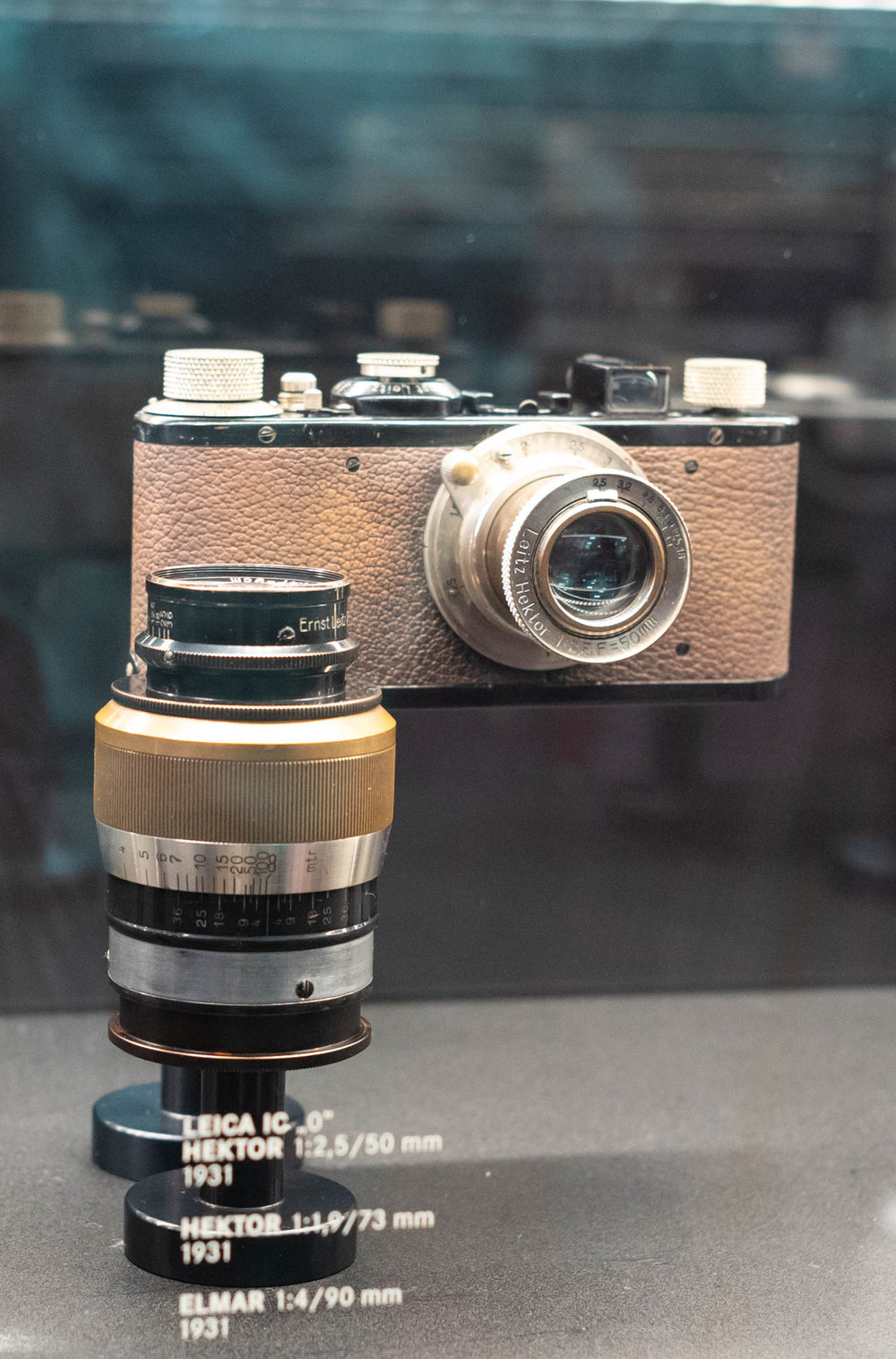
On the afternoon of the first day we went on a trip around Wetzlar with some fellow LHSA members. Views here include the Lottehaus, associated with Goethe, the Eisenmarkt and Wetzlar Cathedral
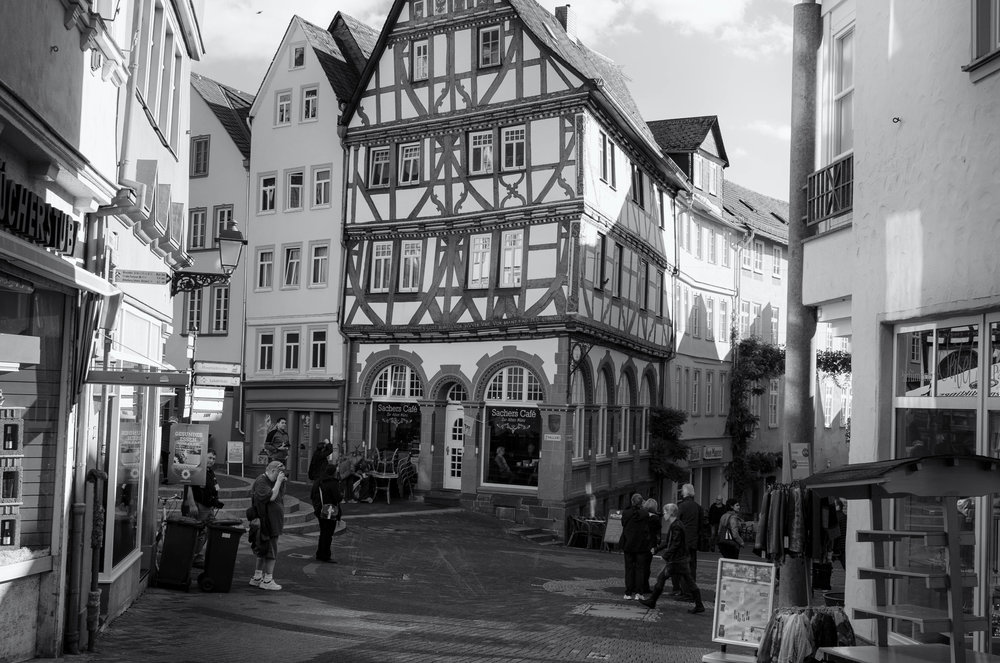
I took the Eisenmarkt photo, while standing on the famous manhole cover, with a 35mm lens and then tried to crop it to the 42mm perspective of the Mikro Summar lens said to have been used by Barnack, but I could not quite match it.
There were many presentations at the event, including an excellent one by Stefan Daniel and his team on the current Leica line up, which has already been covered by Mike. One moment that really sticks in the mind was the round of applause which Peter Karbe, Head of Optics Development, received for the MTF charts for the upcoming 35mm APO Summicron TL. This was a new ‘first’ in my experience.
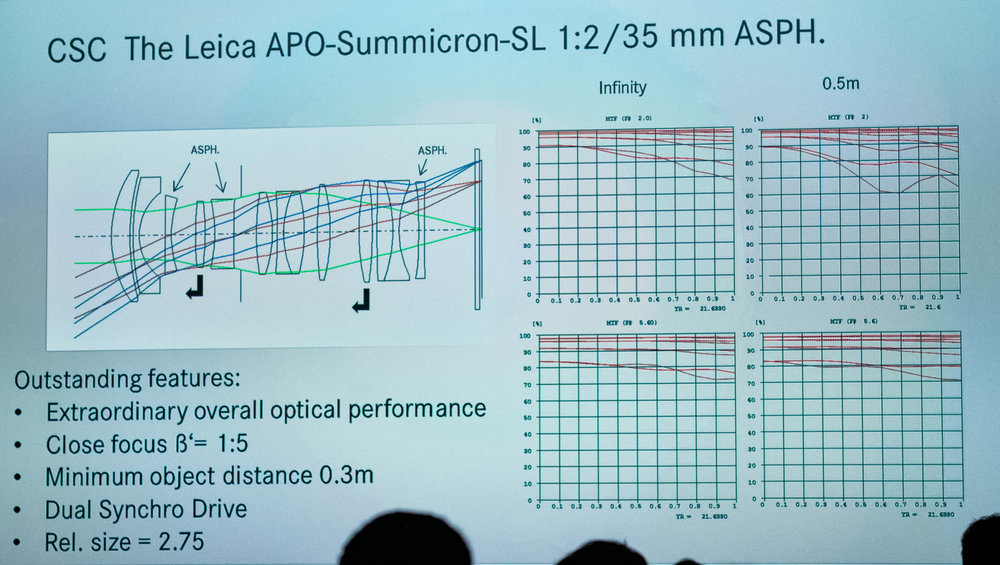
I believe that I may have spotted one of these lenses ‘in the wild’ at the LHSA Dinner.
Readers here will know that I have a special fondness for vintage Leicas. In the afternoon, after the presentation by Peter Karbe. we had a wonderful series of events, relating to the history of Leica and its cameras and lenses. Firstly, we had a presentation by Lars Netopil about his recent book on the contents of the Leica Museum which will open fully in 2020.
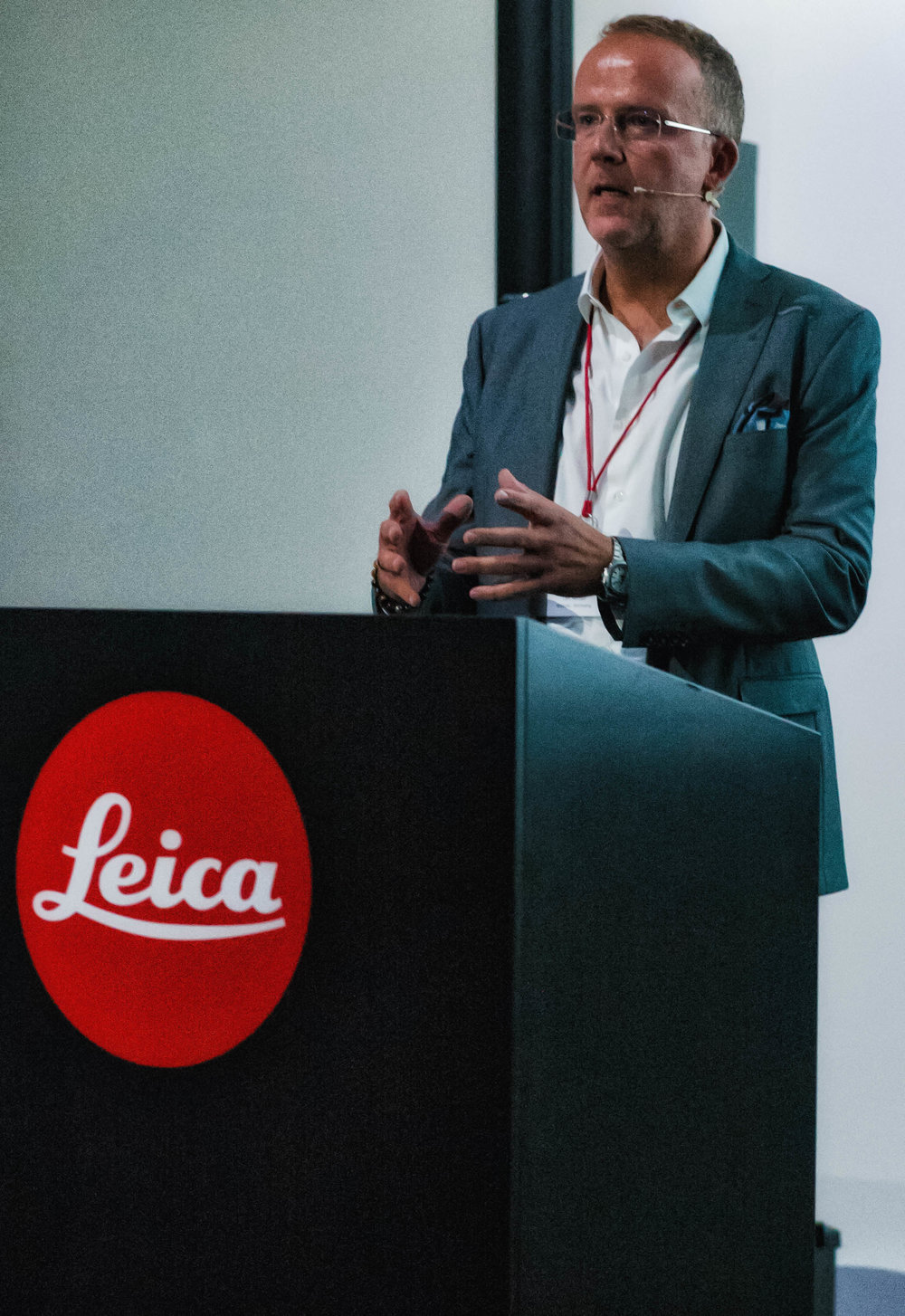
It is impossible to do justice here to this large two-volume tome and the best I can do is to provide this link to an interview with Lars about the book.
We then went on a visit to the recently opened Leica Archives with Mrs Monika Bock who is in charge. There was an ‘outer sanctum’ which contained many general items.
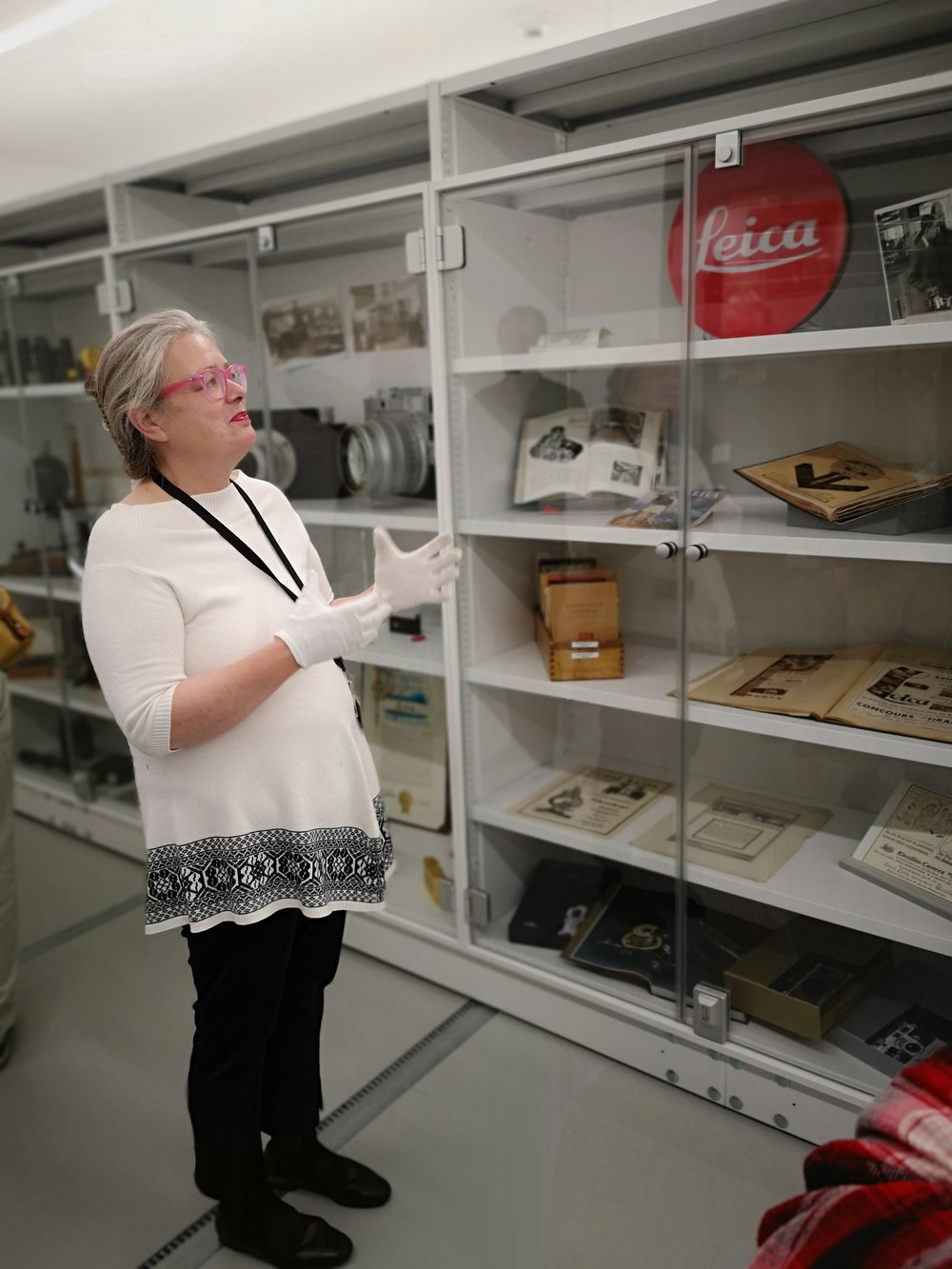
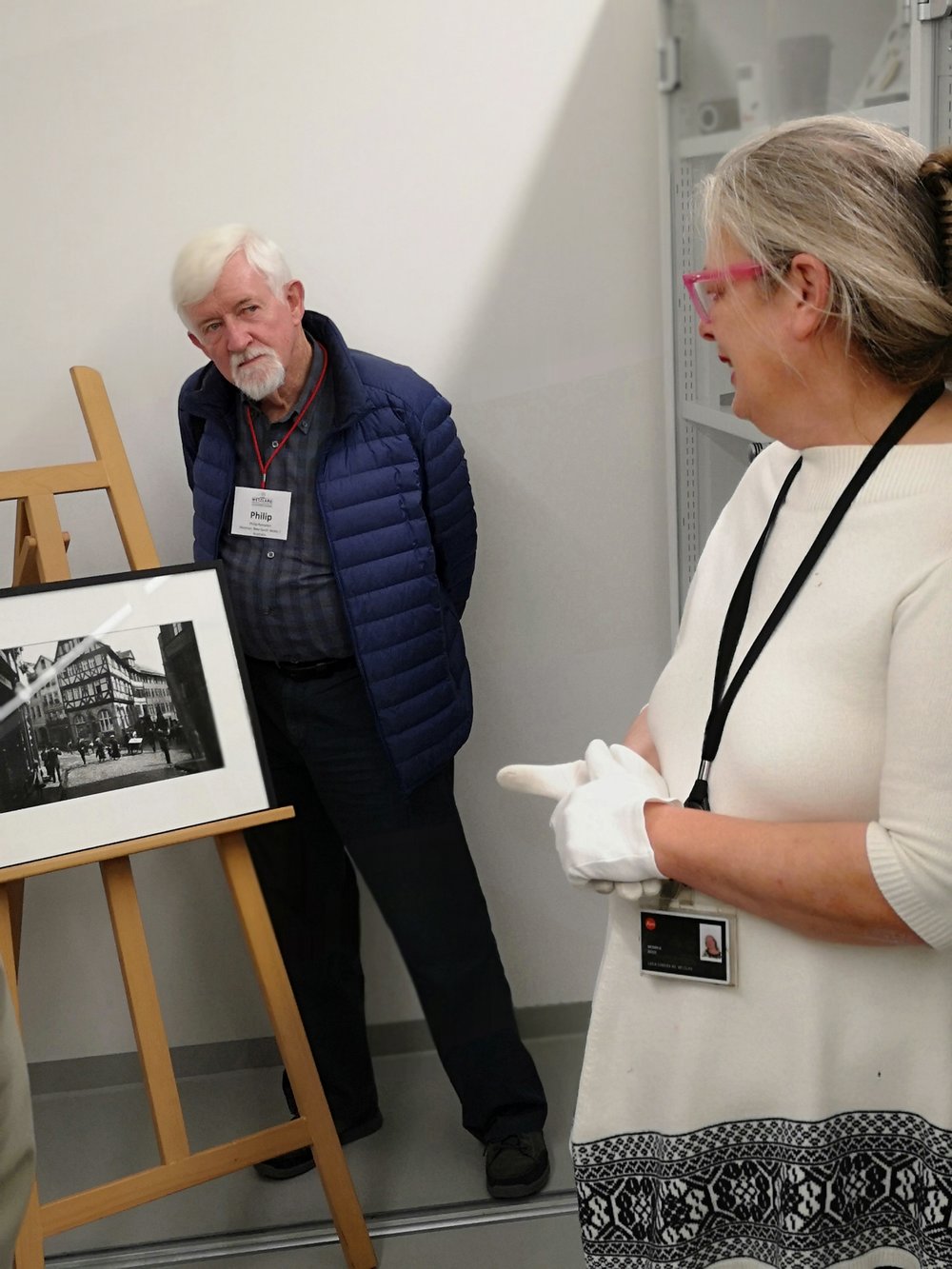
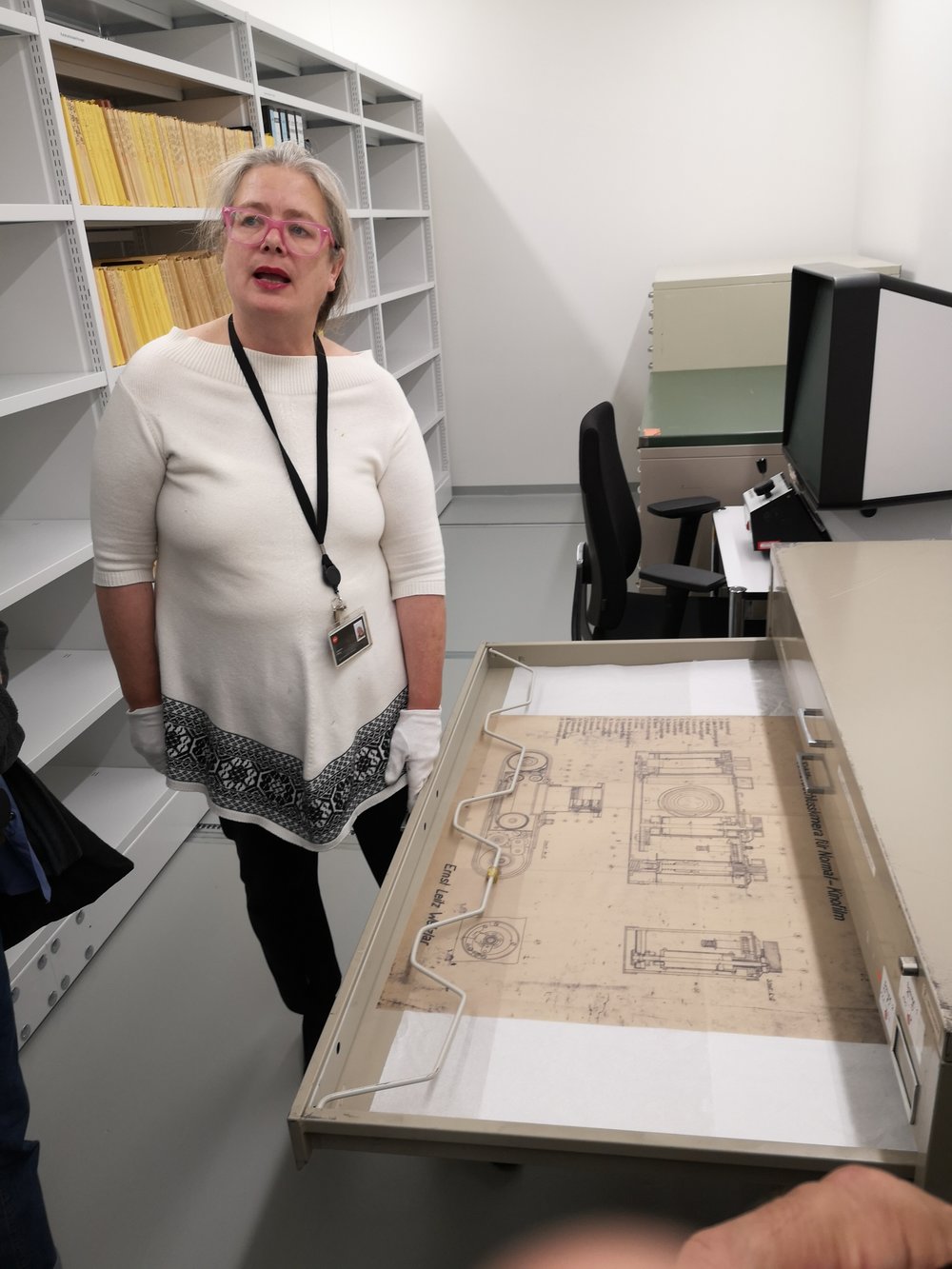
In the first shot on the left above, Mrs Bock is enthusing about Leica literature, watched over by a giant ‘red dot’. In the middle photo she is telling us about the Barnack image of the Eisenmarkt. In the final photo on the right she is showing us some early Leica design drawings.
We were then brought into the ‘inner sanctum’ which contained many cameras in boxes, including the very large collection of Rolf Fricke. We did look into the box containing his Leica IIIbs , but there was no sign of the rumoured black IIIb. We also looked into a box containing design mock ups for the Zagato Leica. The ‘inner sanctum’ also contains the very precious early delivery records. Sadly we were not allowed to take pictures in this area.
After the Archive tour, we had a presentation from George Furst, an LHSA member living in South Korea, who has made his own working model of the Ur-Leica. [Correction: See George’s comment below, he didn’t make the camera and has provided more detail]
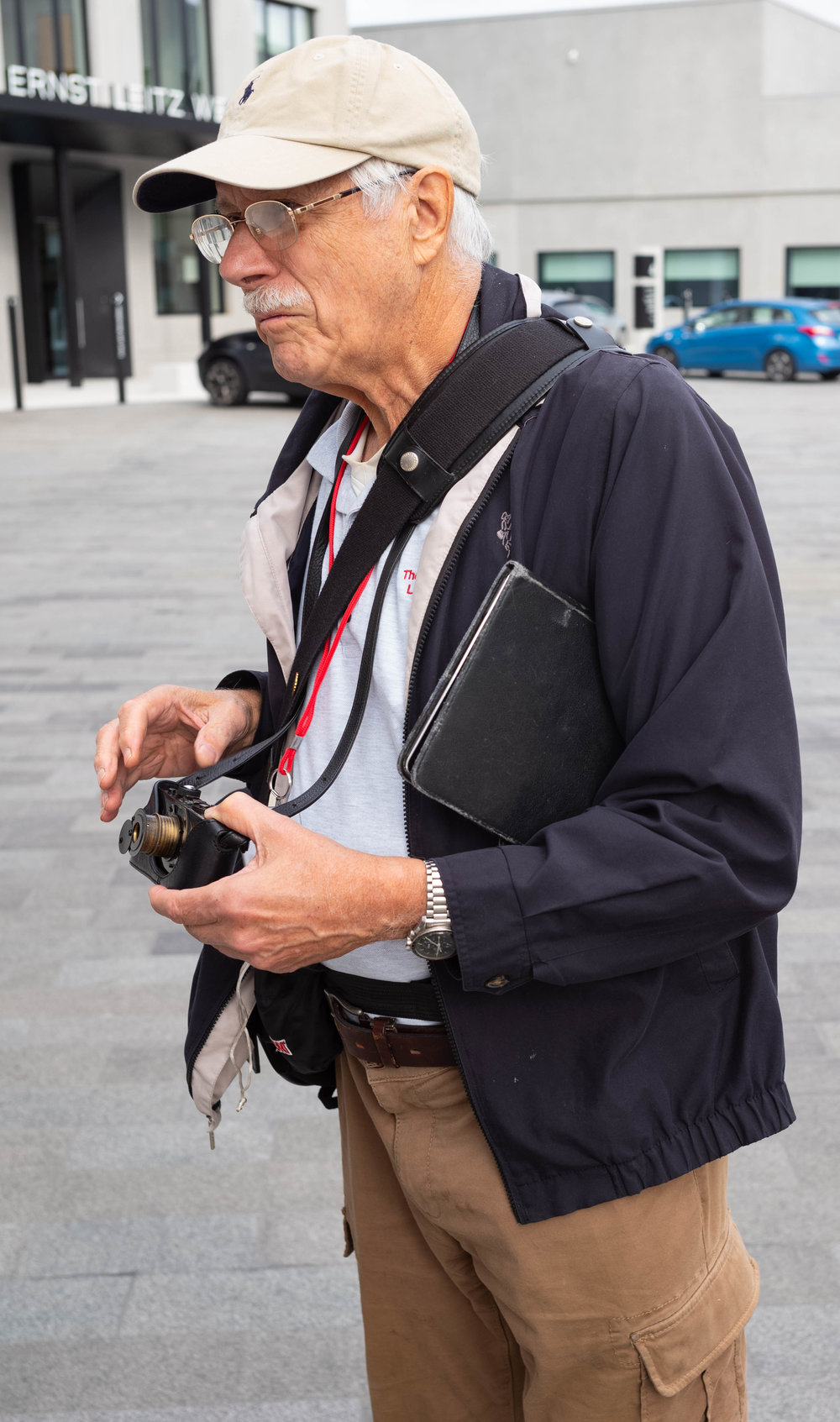
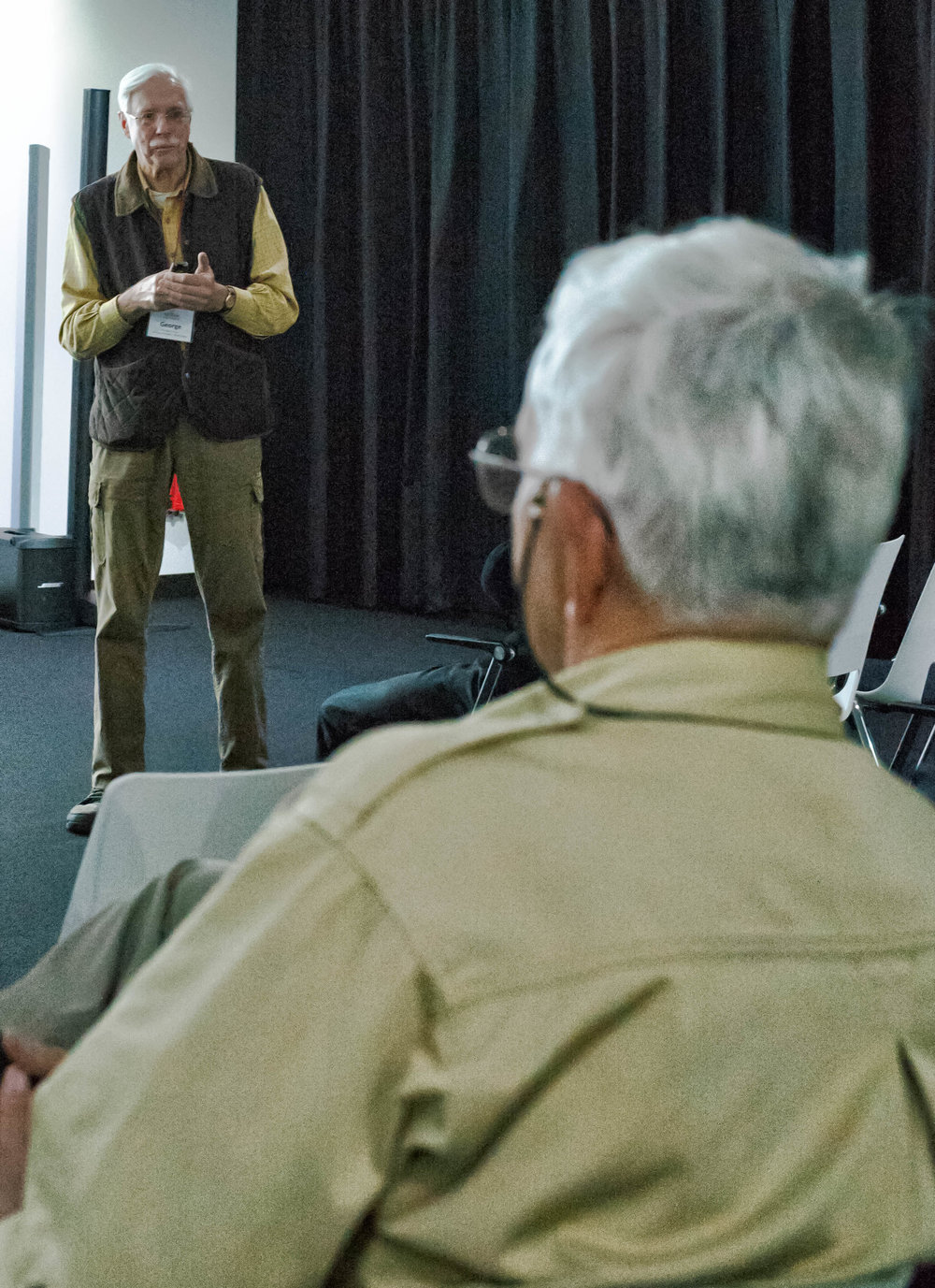
In the middle shot, George explains his Ur-Leica project to a group of LHSA vintage enthusiasts, including the renowned Leica historian Jim Lager who is shown in the middle photo. The final photo of George on the right was taken with his Ur-Leica replica and it truly demonstrates the excellent photographic quality which George has obtained. He showed us many other examples taken in South Korea, and the early lens showed no sign of distortion of any kind.
We then dashed for a bus to bring us to the Alter Friedhof cemetery in Wetzlar which contains the graves of various Leica luminaries, including the Leitz family, Max Berek, the lens designer and, of course, Oskar Barnack.
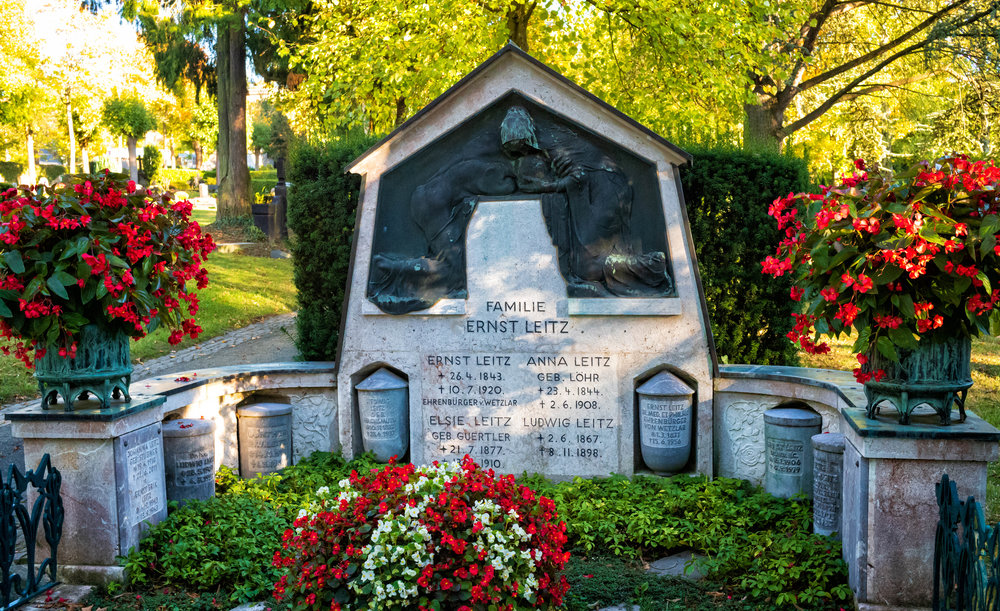
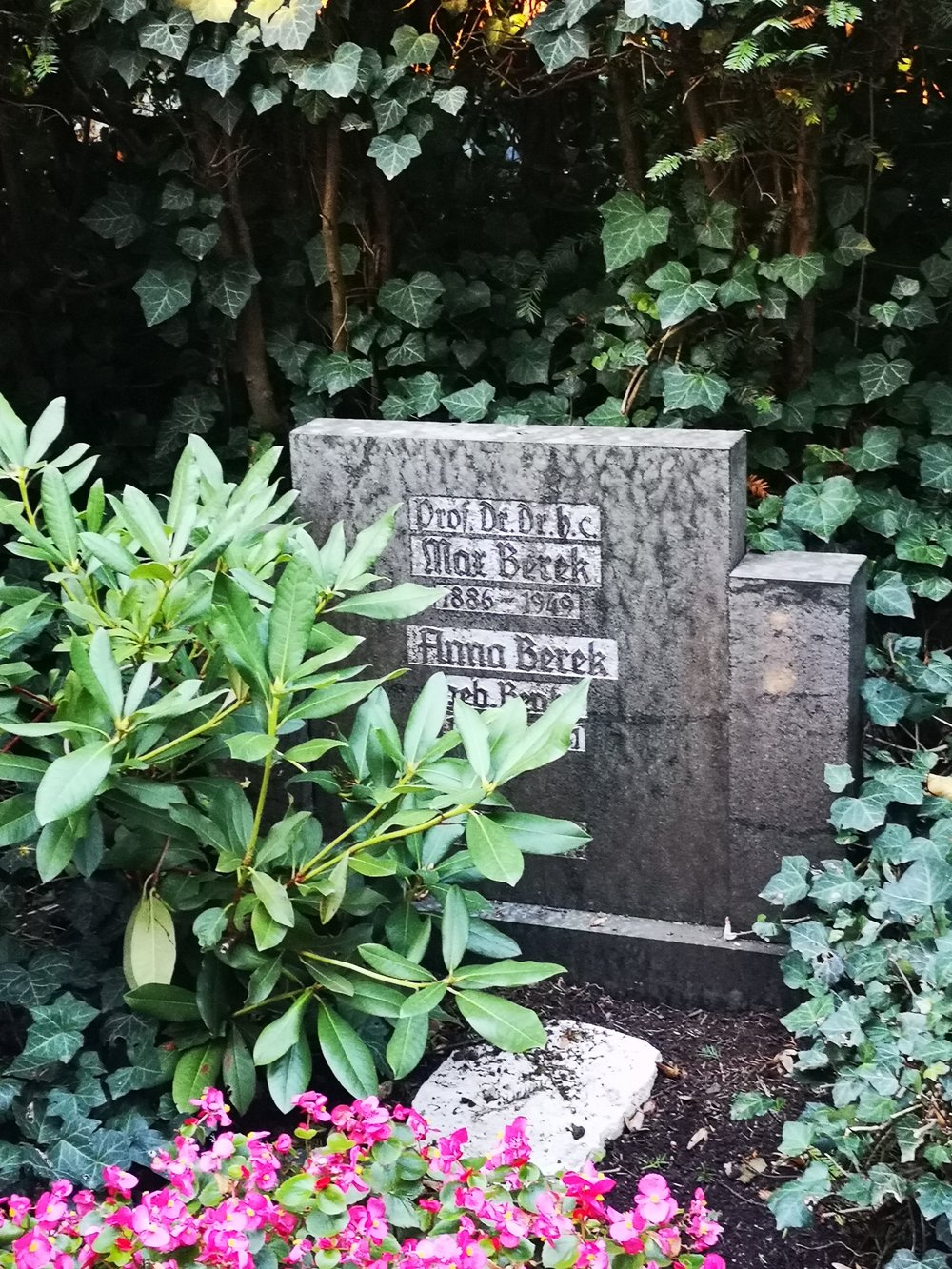
We persuaded George Furst to place his Ur-Leica replica on the grave of Barnack as a tribute to the designer and creator of the Leica camera.
George also brought along a camera which he had made himself, shown below in brass and silver metal, with an interesting sliding shutter. It represents what is said to be an even earlier prototype of the Leica than the Ur model. Both Lars Netopil and Jim Lager said that there was no documentary evidence of such a camera, but George is determined to continue with his research.
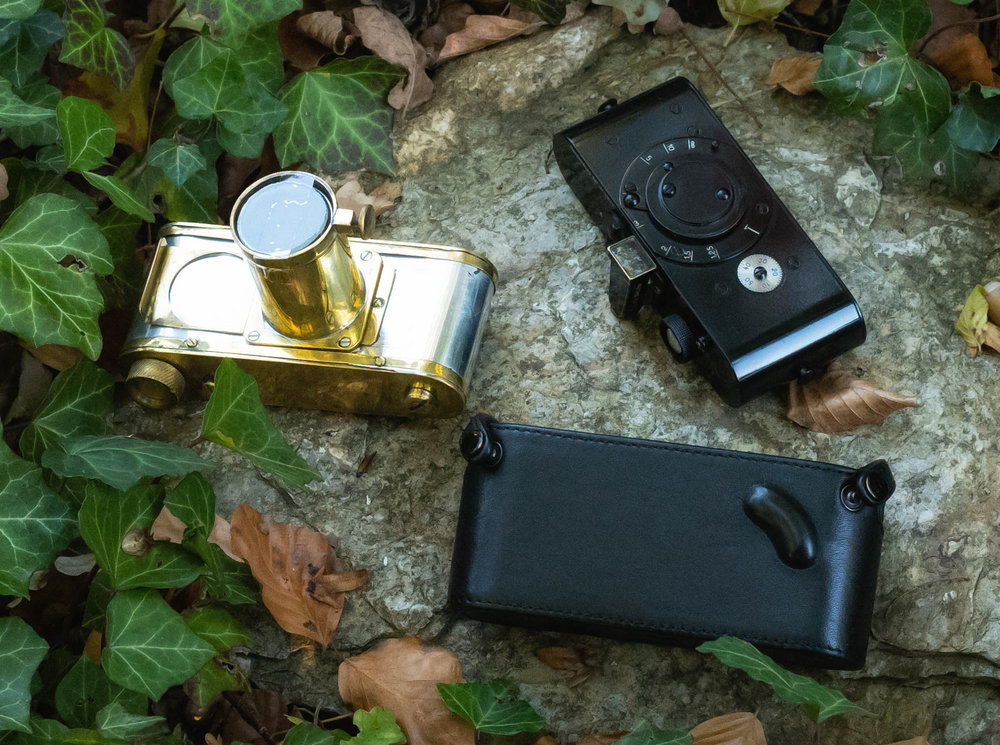
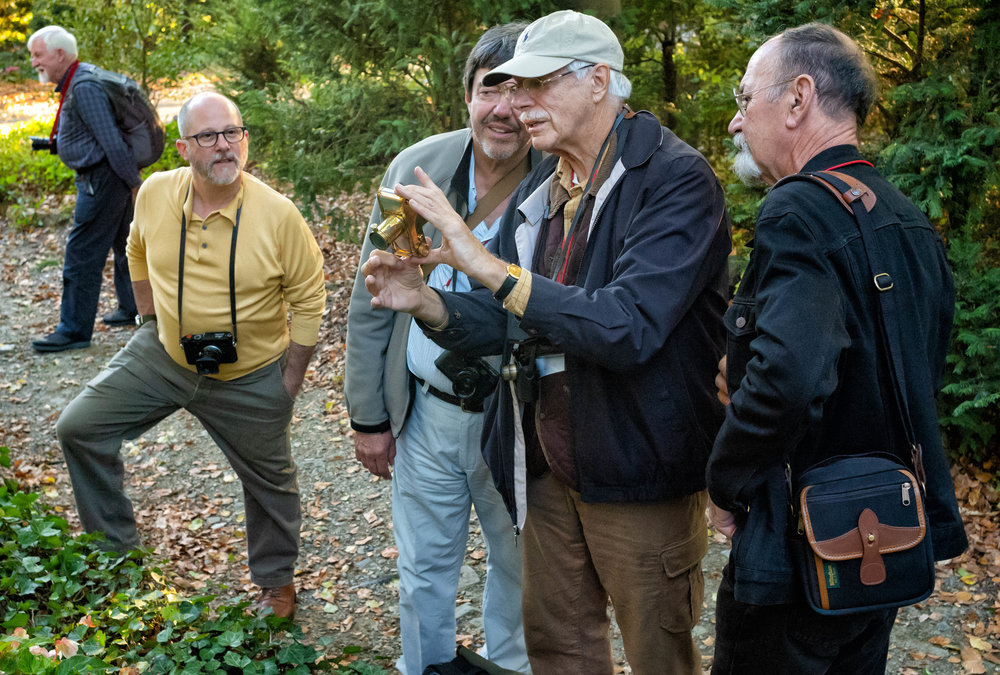
The photo on the right above shows George explaining this camera at Barnack’s grave to a truly international group of LHSA members, including, from the left, Philip Ramsden from Australia, Dan Tamarkin from USA, Alejandro Blaquier from Argentina, George Furst from South Korea and Raymond Piganiol from France. To complete the international picture, the photo was taken by myself from Ireland.
On the third day of the meeting, we visited the nearby town of Marburg and visited St Elizabeth’s Church.
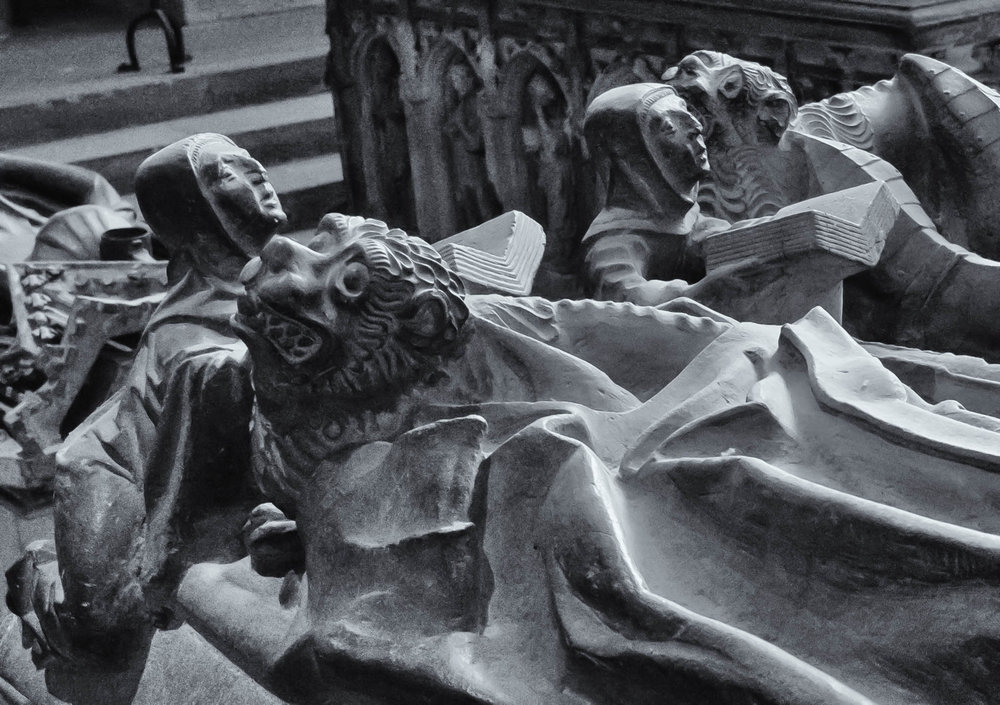
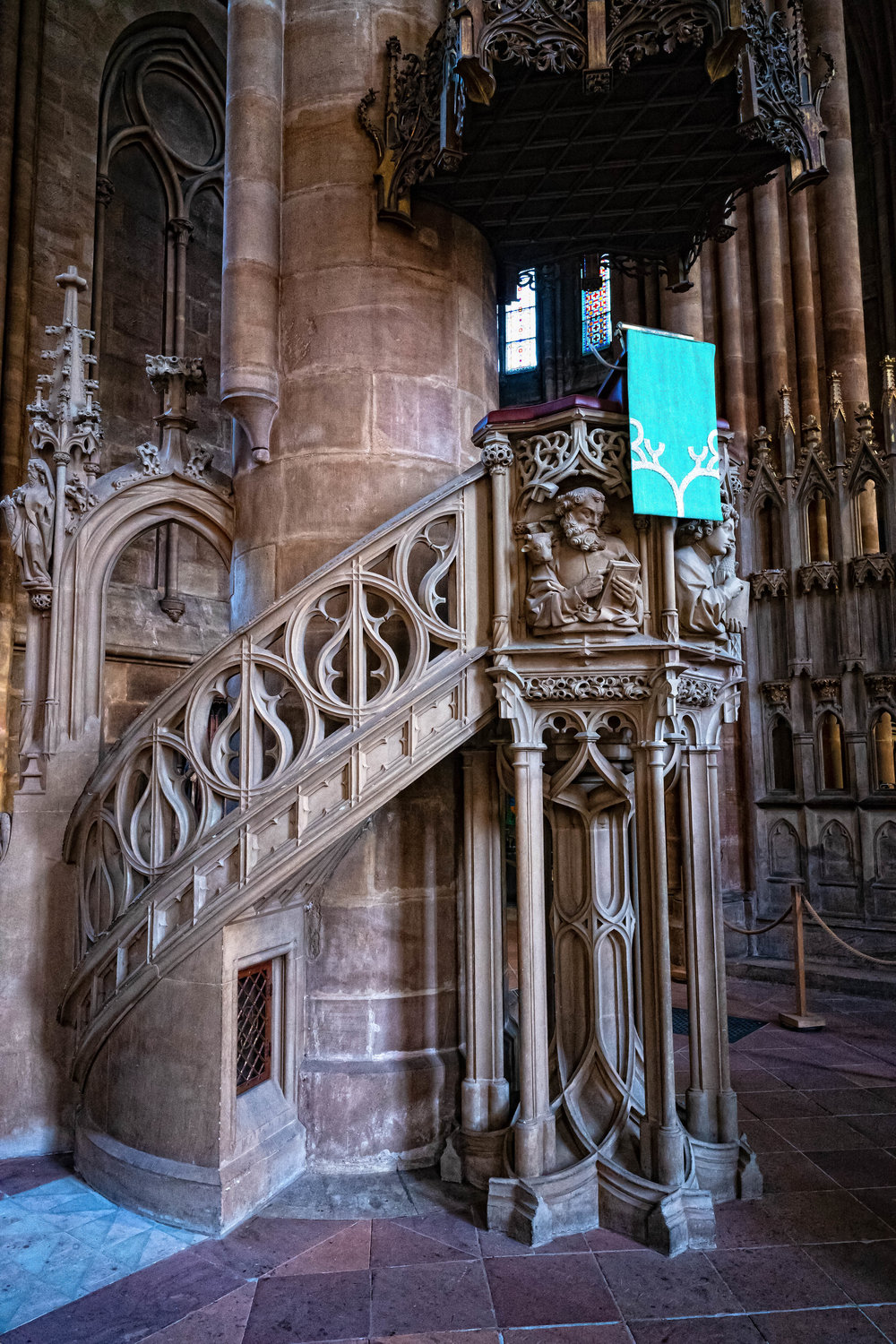
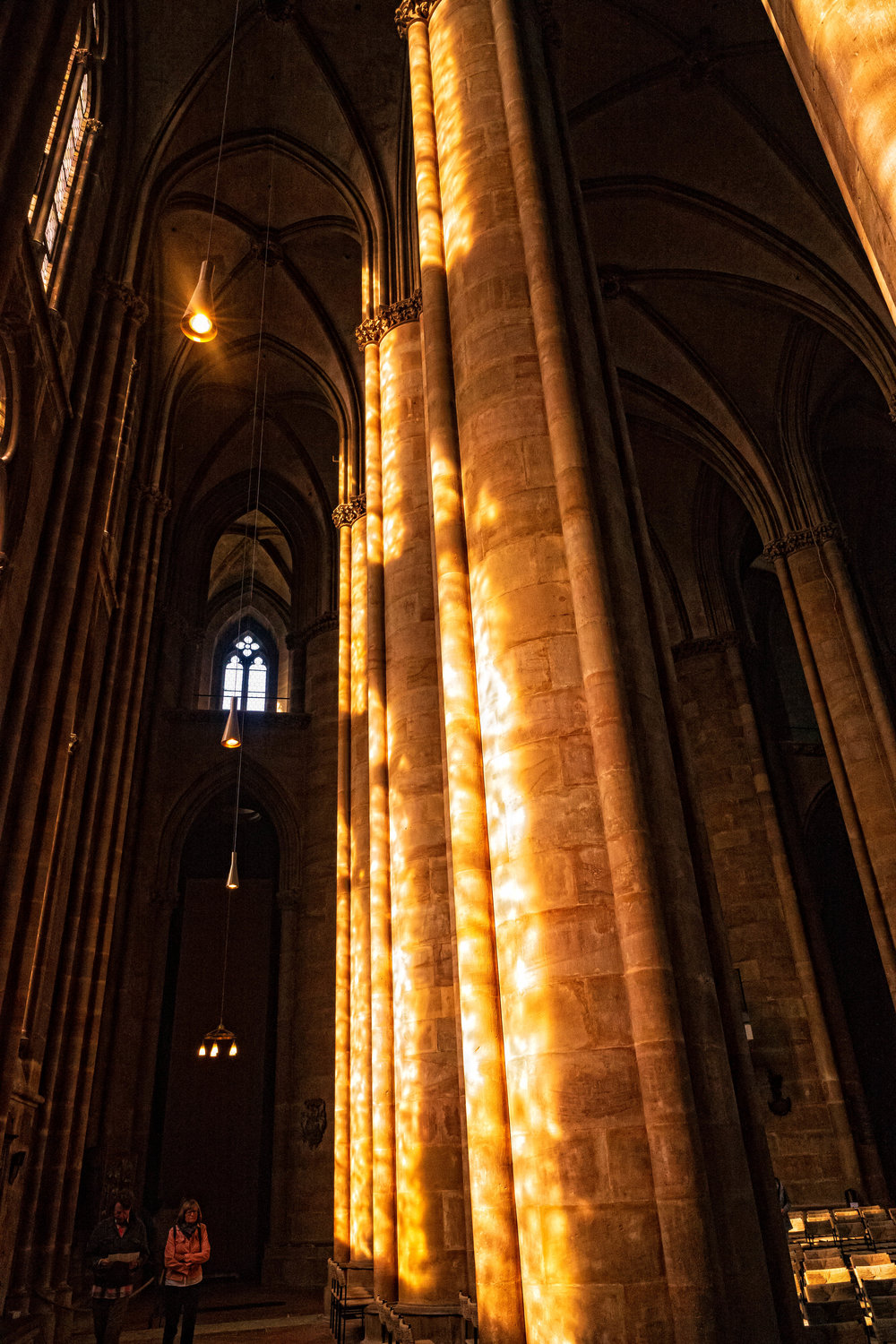
The photo in black and white above shows little monk-like figures praying at the end of a tomb of a local worthy.
After lunch, we headed to the Marburger Schloss, Marburg Castle, where our excellent guide was Ulrika (Uli) Richter. Her surname, which means judge, seems to be common in that part of Germany. Ulf Richter, who attended our dinner that evening, is the author of a book on Barnack which has been translated by Rolf Fricke for the LHSA.
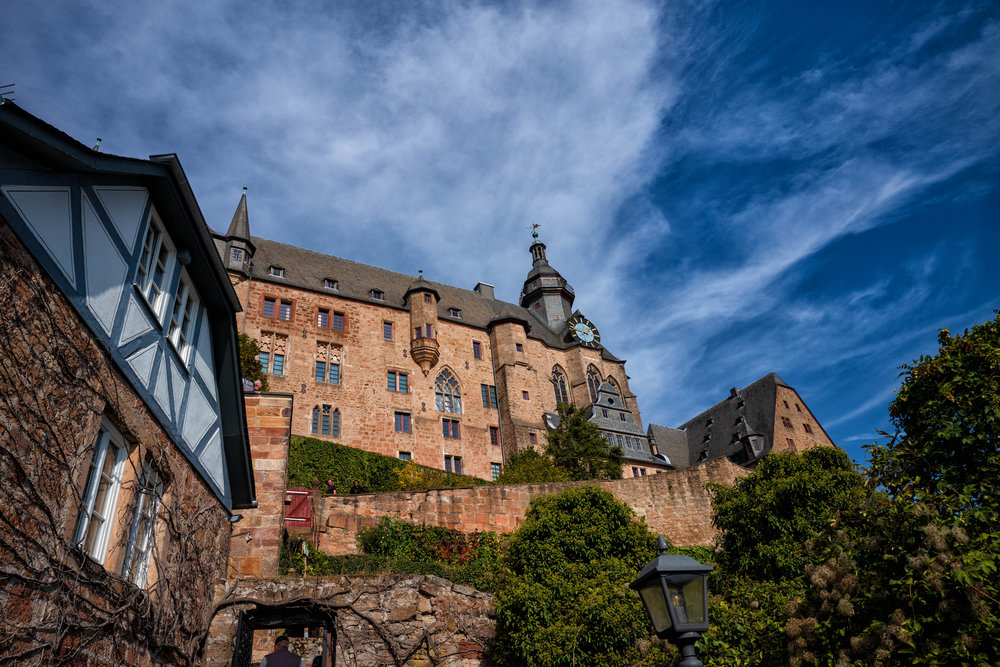
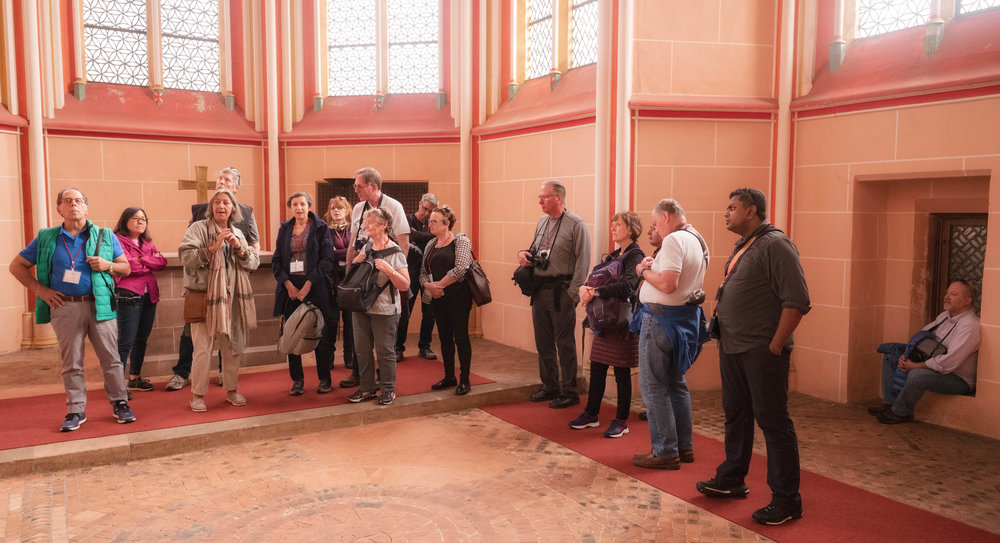
The last photo on the right above shows a group of LHSA members and spouses listening to Uli as she describes the Castle Chapel.
That night we had the AGM Banquet Dinner, which was attended by LHSA members and Leica AG staff, and featured various speeches and awards. Dr Andreas Kaufmann, Chairman of the Supervisory Board of Leica AG, spoke about his own background and that of his company. In the photos below Dr Kaufmann is shown from the left with Gary Hough, the outgoing president of LHSA, our esteemed editor, Mike Evans, and while he was speaking at the event. The final photo on the right shows Alan Weinschel, the incoming President of LHSA, making a presentation to Stefan Daniel of Leica AG.
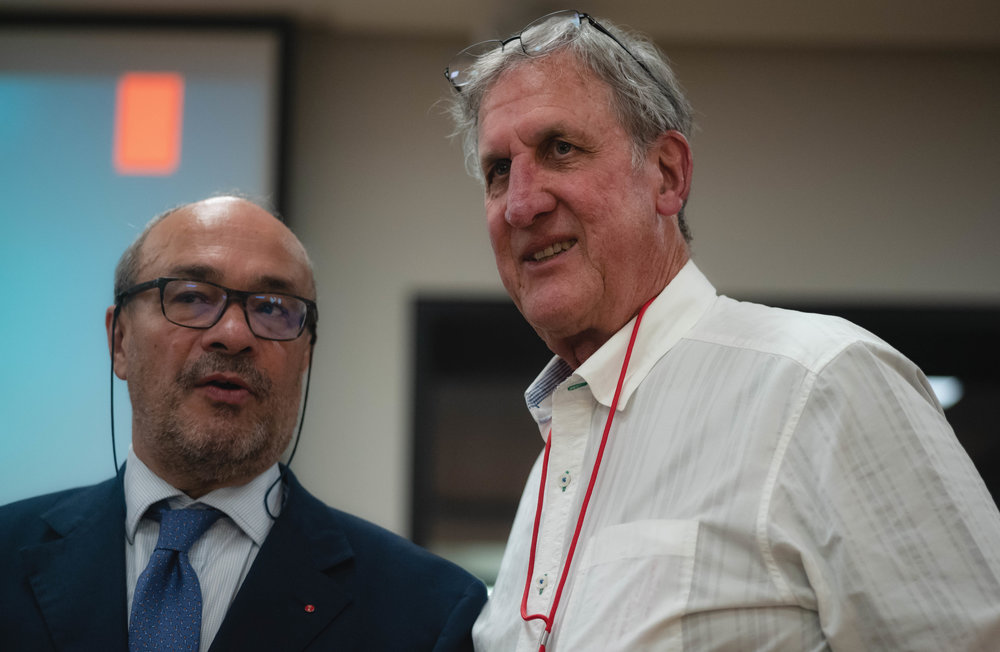
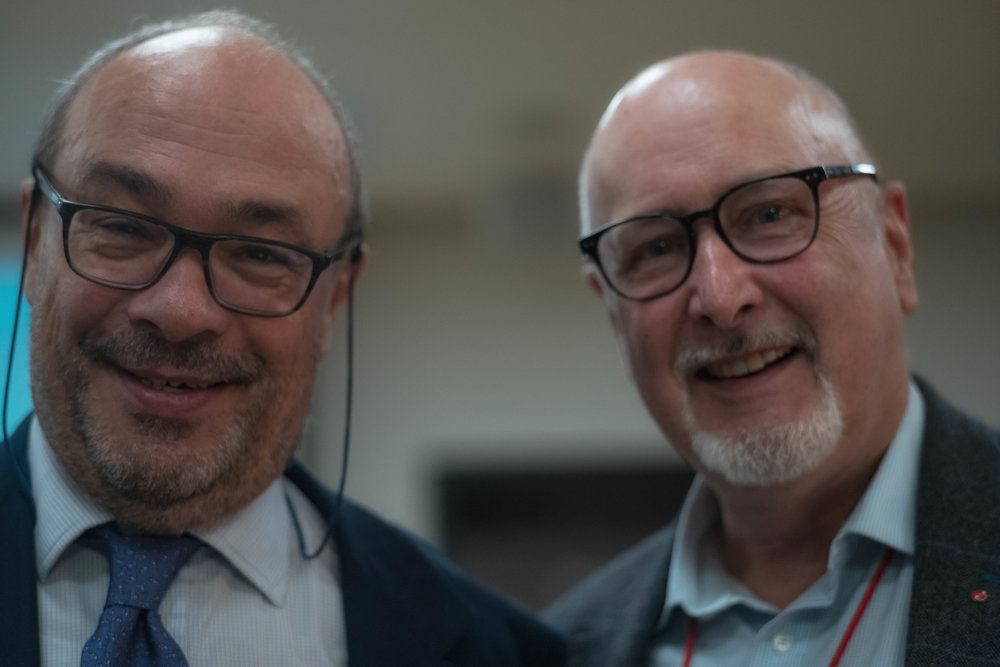
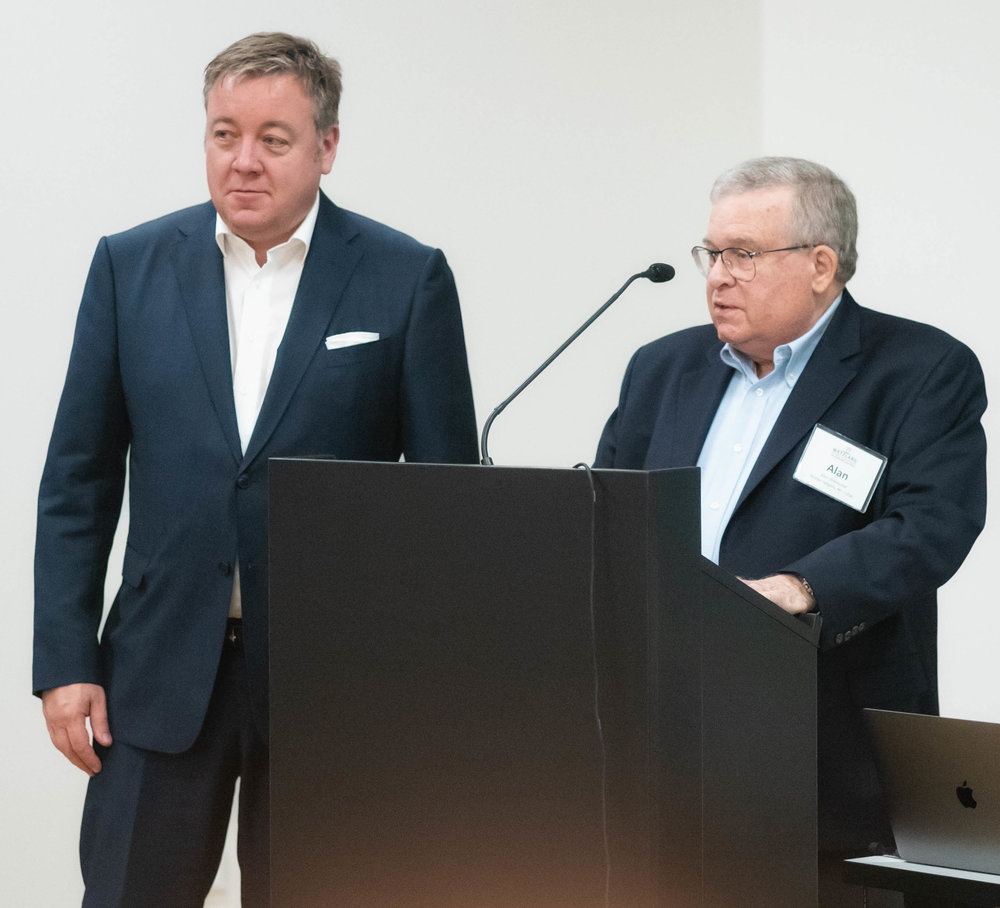
The following morning we set off before dawn for the LHSA Rhine Cruise from Koblenz to Rudesheim.
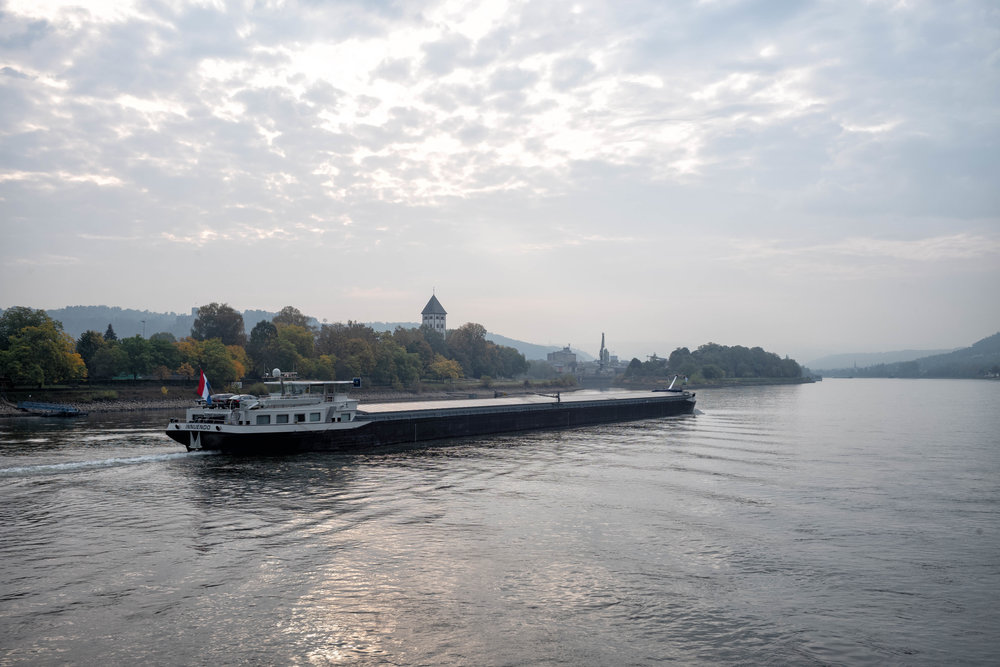
The dawn and early morning light were absolutely lovely.
One of the main attractions on this stretch of the Rhine was the series of castles, generally sitting above small towns. We were told that the occupants of such castles had in previous times demanded taxes from those travelling on the river.
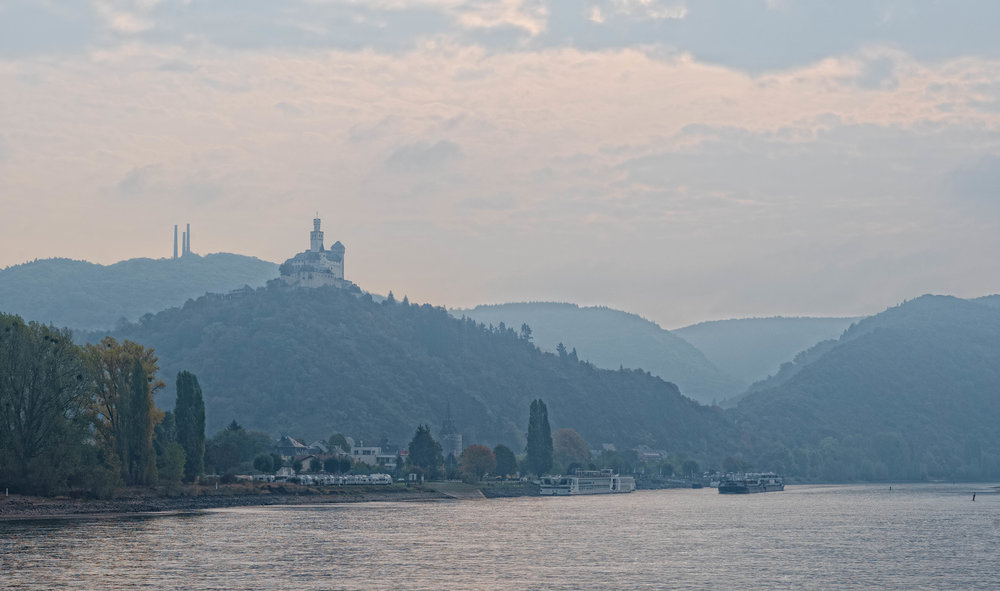
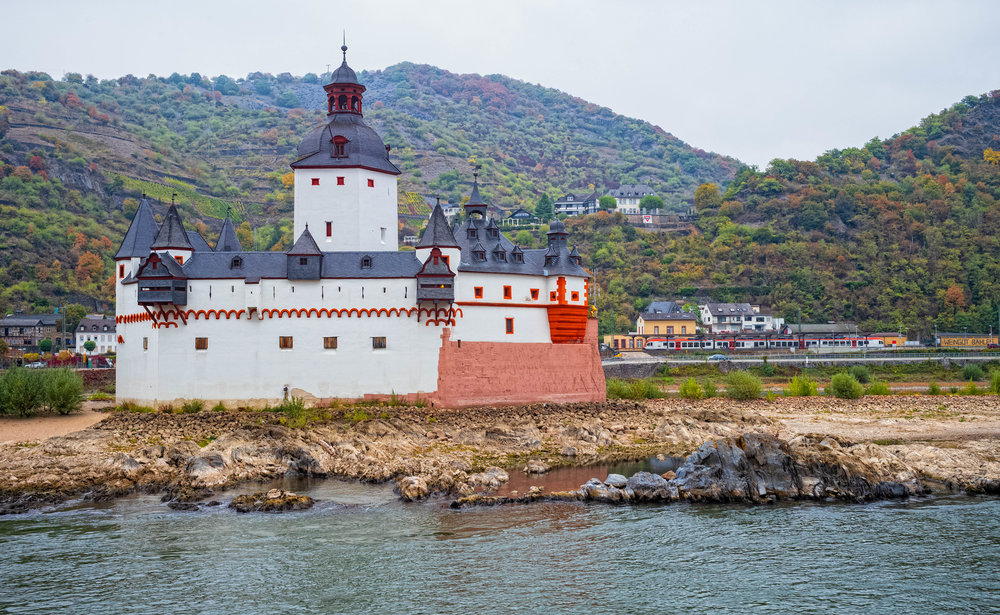
The photo on the right above shows Pfalzgrafenstein Castle on an island in the middle of the river. This was a toll castle and in times past a chain was pulled across the river to stop boats from avoiding the toll. If the toll was not paid, the occupants of the boat were kept in a dungeon until a ransom was forthcoming.
The cruise was also an opportunity to meet with LHSA members from various countries in a pleasing social environment.
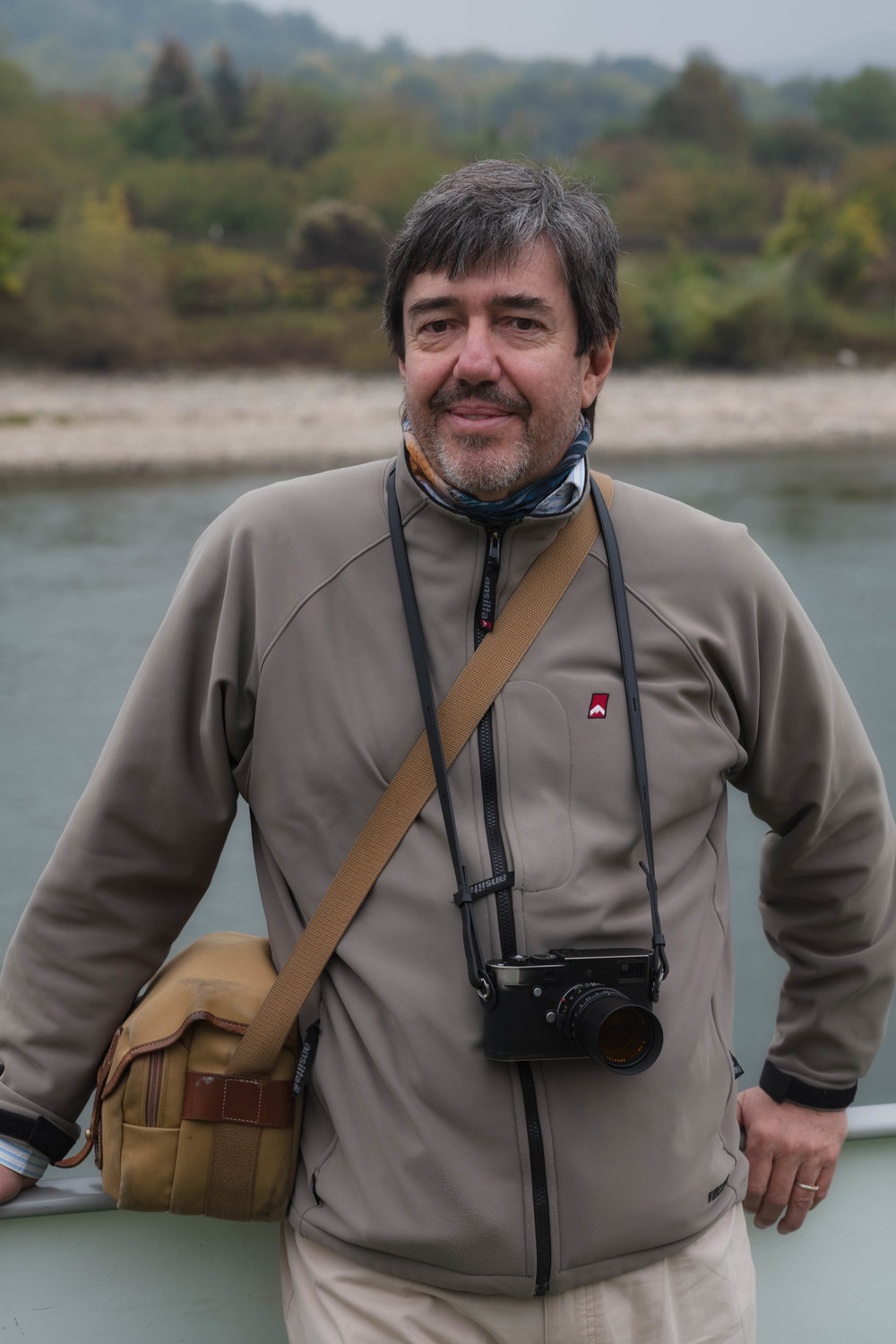
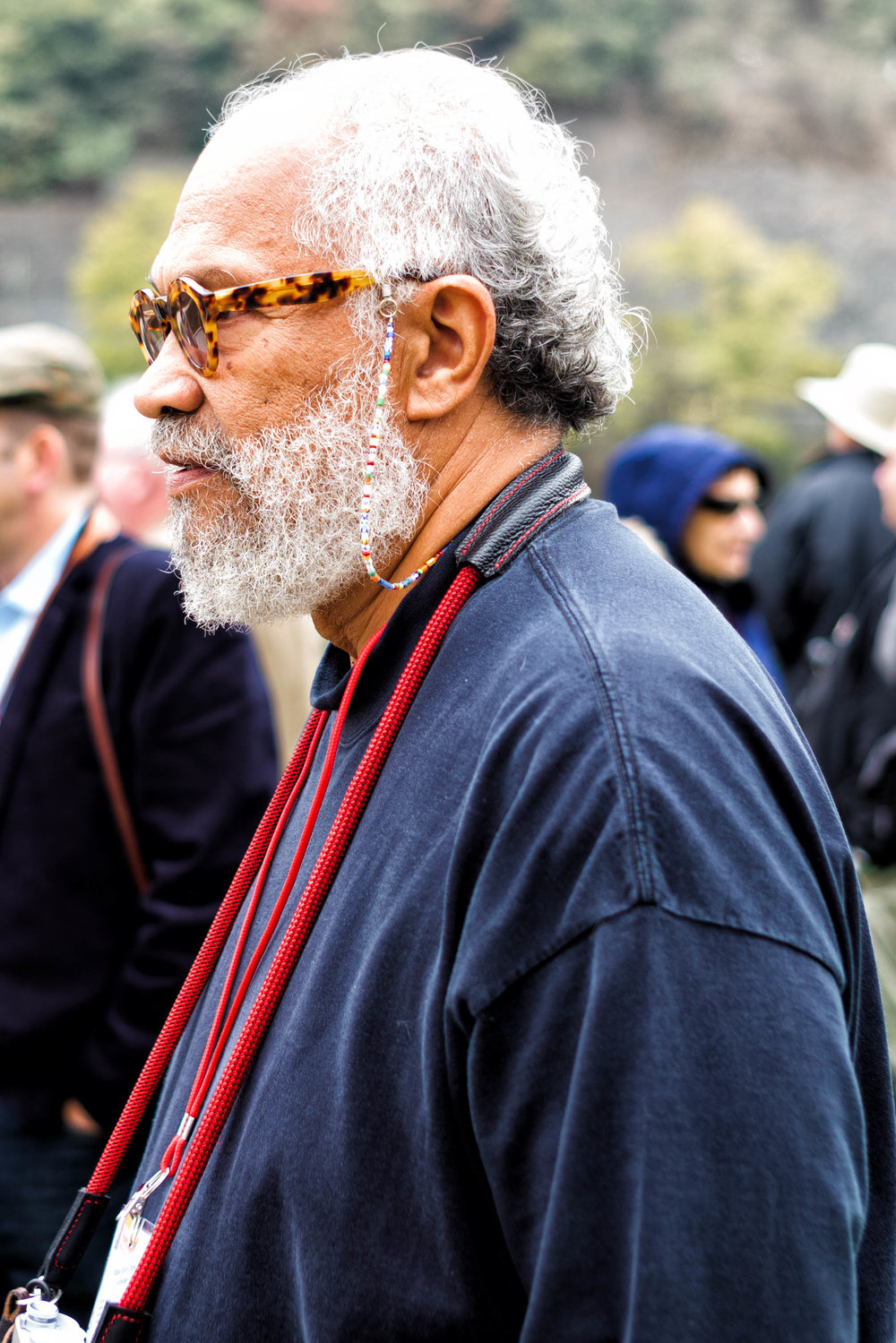
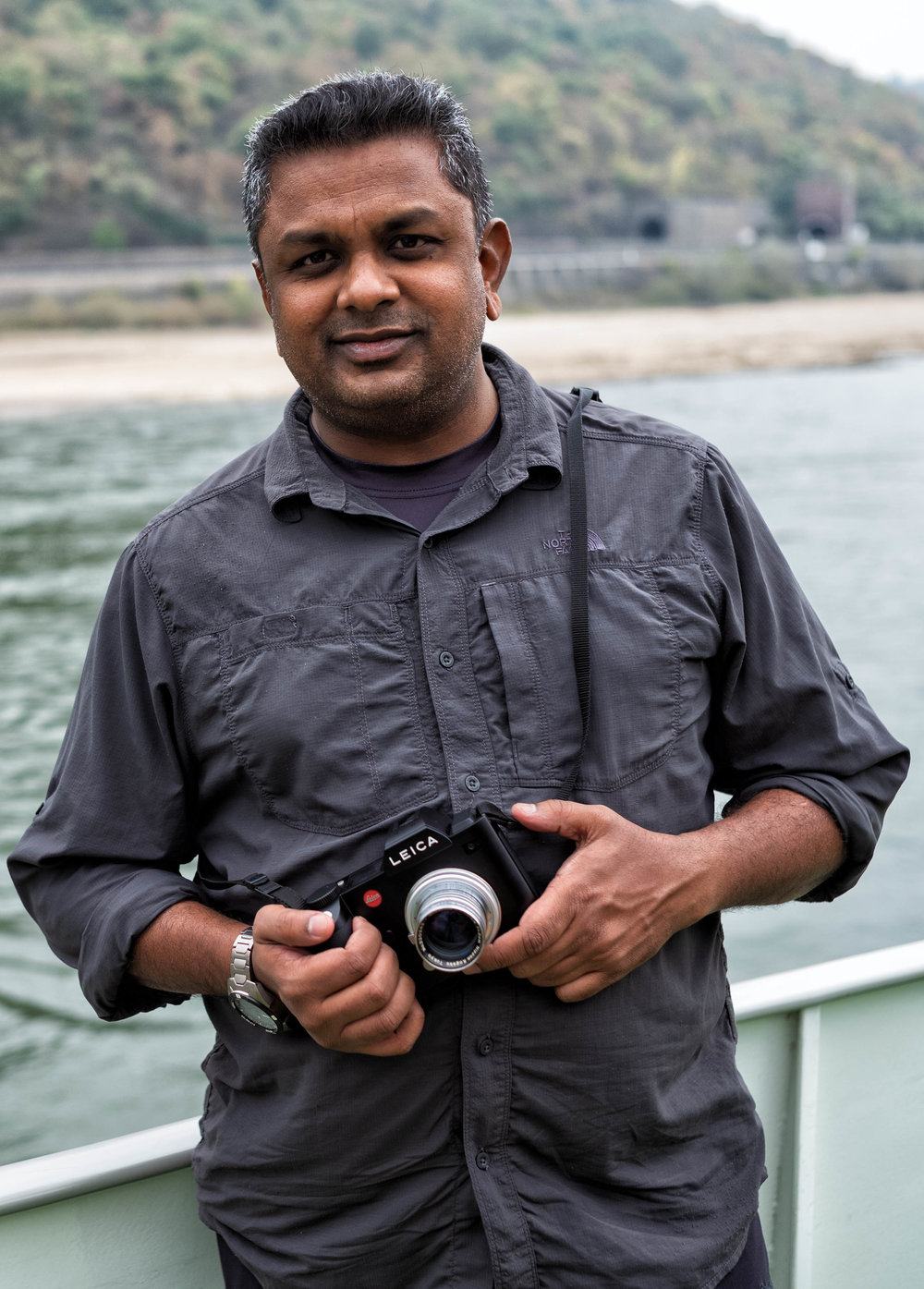
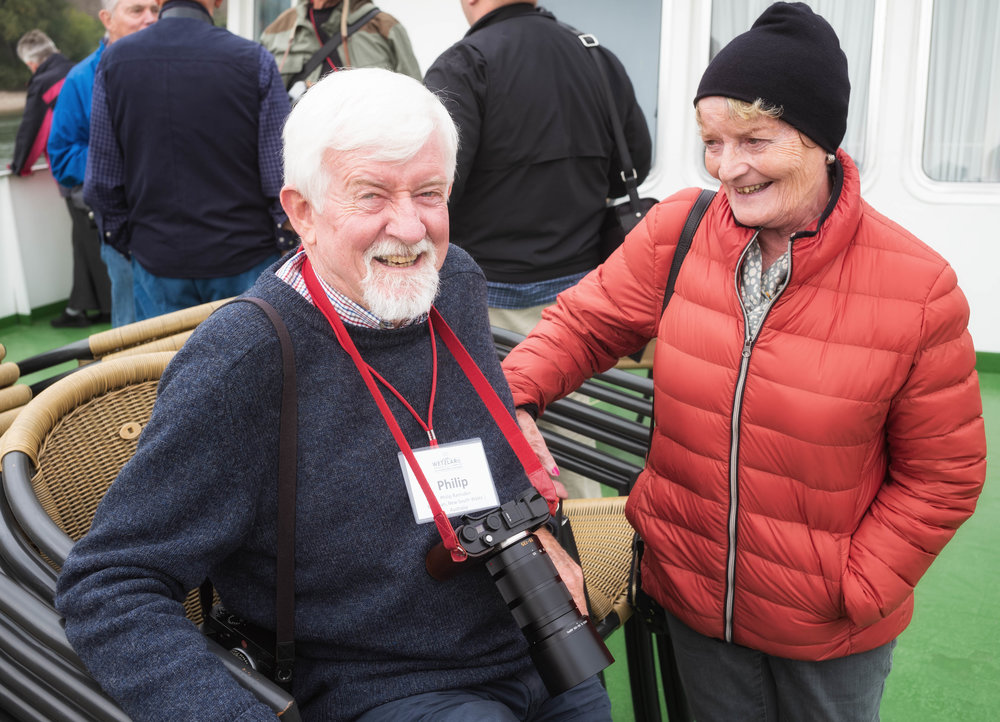
From the left, the members are Alejandro Blaquier from Argentina, Wilbur Norman from Santa Fe, USA, Kannan Palanisamy from Copenhagen, Denmark, and, finally, Philip Ramsden from Australia (they get everywhere those Aussies!) sharing a joke with my wife, Laura. Truly an international gathering on the Rhine.
The LHSA has asked me and other members to perform a liaison role in our regions (mine being Europe) with a view to expanding both activities and membership. As part of the membership drive, Leica AG has agreed to provide a card offering trial membership of the LHSA in the box of every Leica system camera sold. More details about this will emerge over time. An important aspect of this will be which activities will attract members in various parts of the world.
Many members brought vintage cameras with them on the cruise and I was somewhat sorry that I hadn’t packed one from my stable. This led to many discussions on the deck of our boat about such cameras and their lenses and the best way to use them. Jim Lager was on hand to provide definitive advice on many matters. I found out that Jim shares my preference for original, rather than restored, cameras and, also like me, he does not have a great fondness for special editions’ Jim is very generous with his knowledge and time when it comes to vintage Leicas. Here is Jim holding forth on the deck, regarding his books and classic Leicas, just before the cruise came to an end.
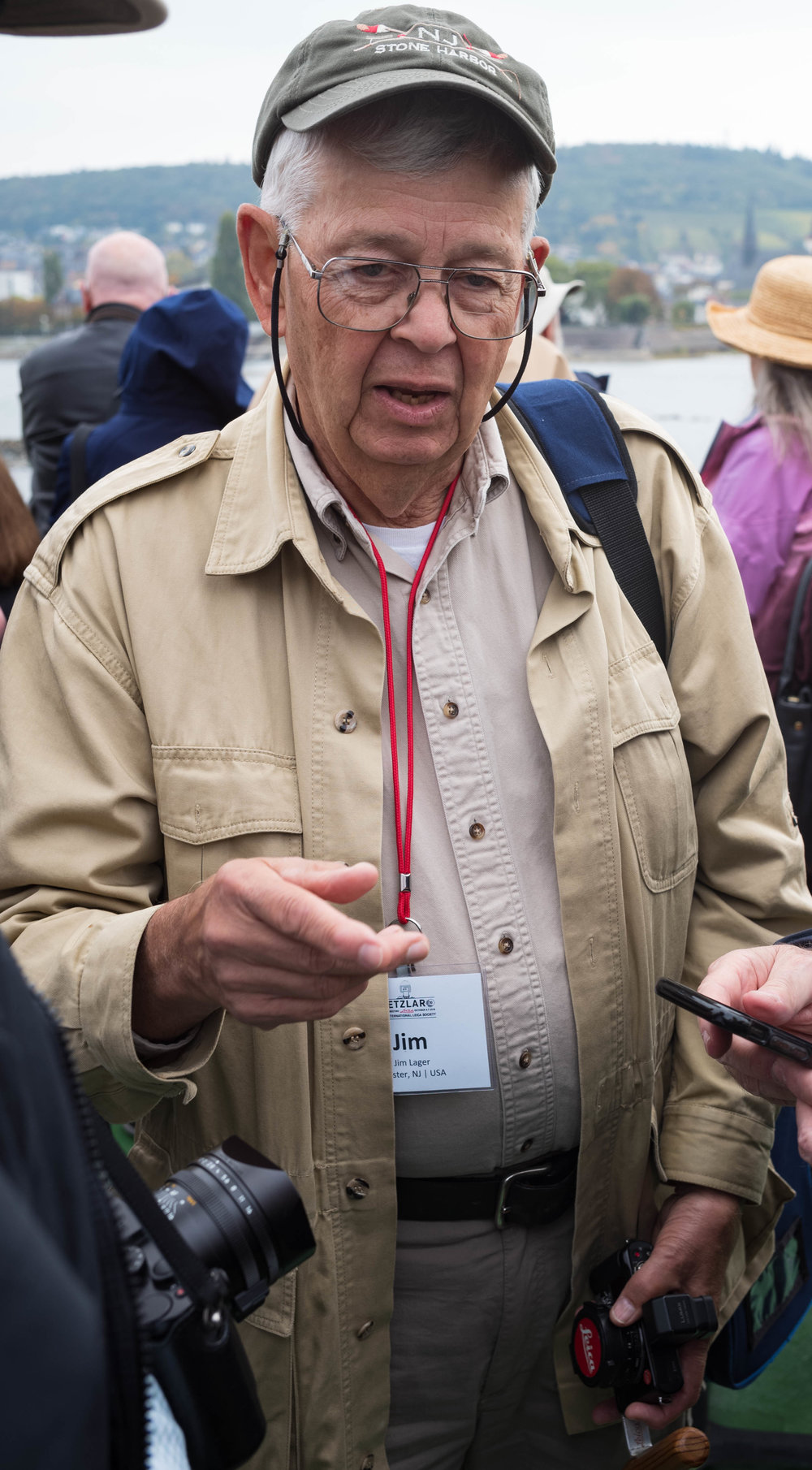
We greatly enjoyed our short holiday in Germany. The LHSA organised a splendid event in Wetzlar for its members from around the globe. Any Leica enthusiast would have been pleased with the content and the organisation by the LHSA team was superb. Leica AG staff are also owed a great deal of thanks for their part in the event.
___________
“Many of us are aware of the dreaded “object Object” issue. It appears that this does not arise for a first Comment that you might make on article, but will emerge for subsequent Comments or Replies to comments on that particular article. The developers have now been made aware of this.
TEMPORARY SOLUTION: In the meantime, the work-around is for you to post your first Comment as per usual, but any further Comments or Replies on the same article should only be made after you have logged out of Macfilos and re-entered the site (Note: do make sure that you close out of the site, don’t just leave it hidden but active in the background before you re-enter, and don’t just do a page refresh).”

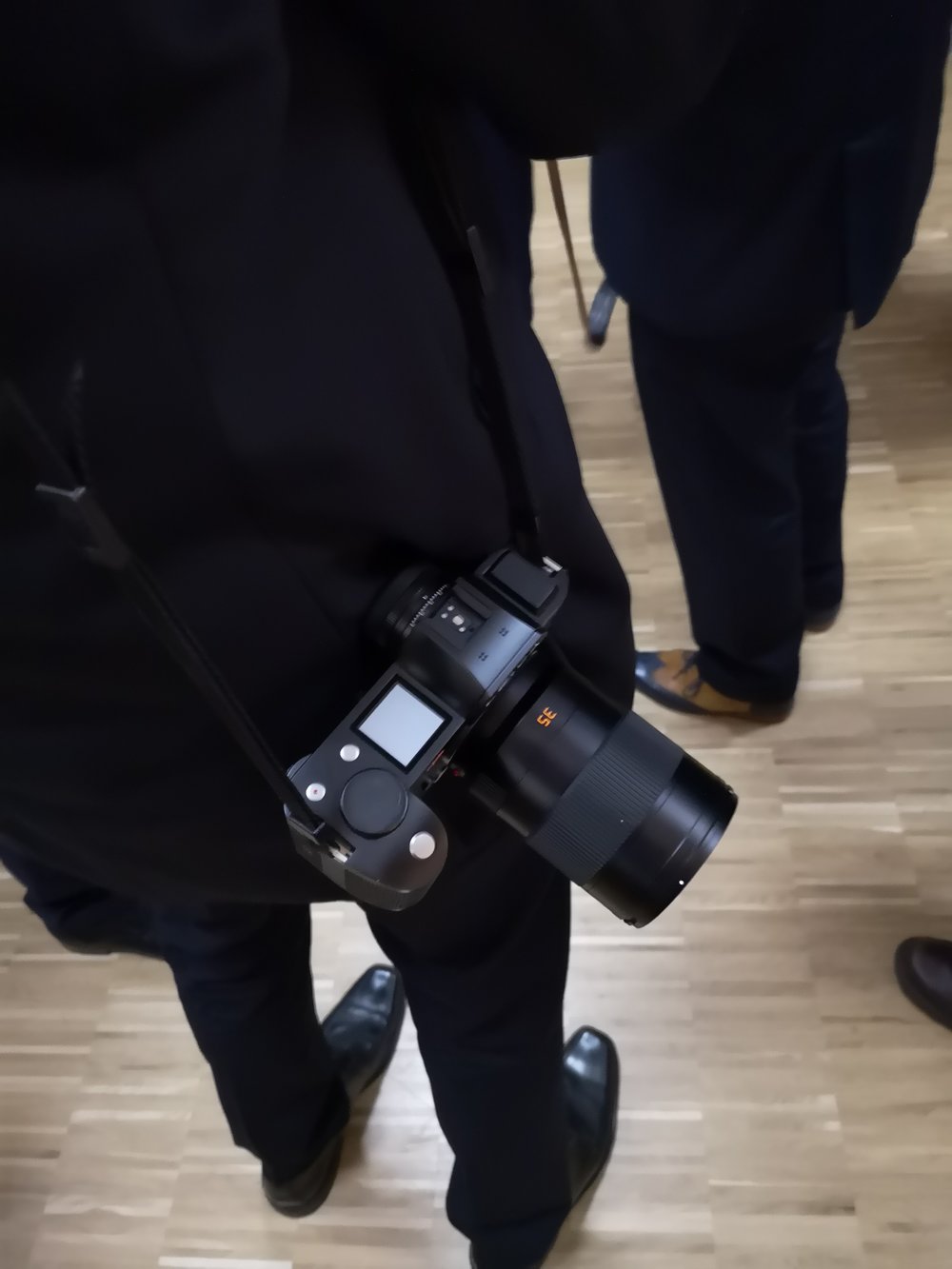
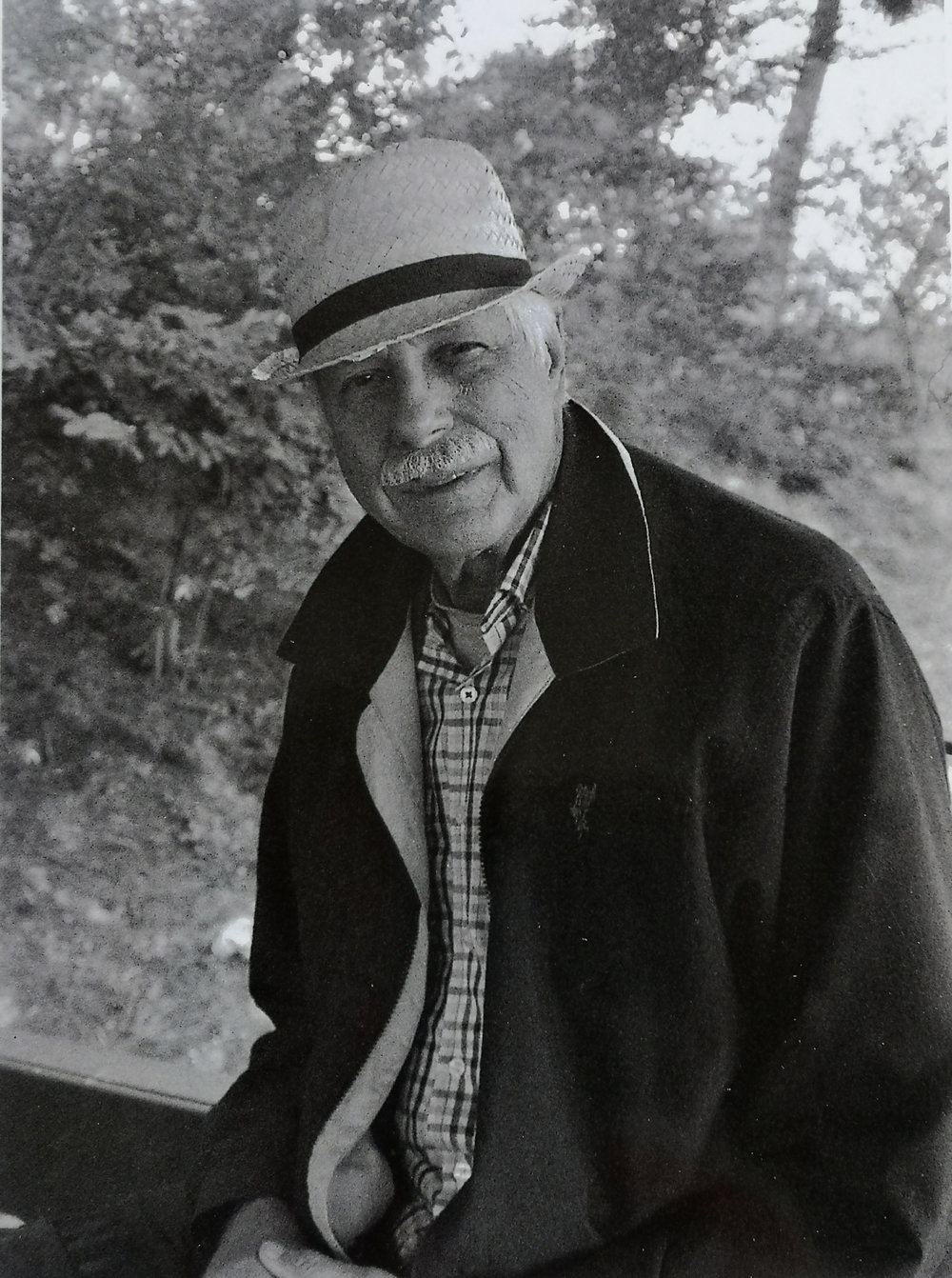
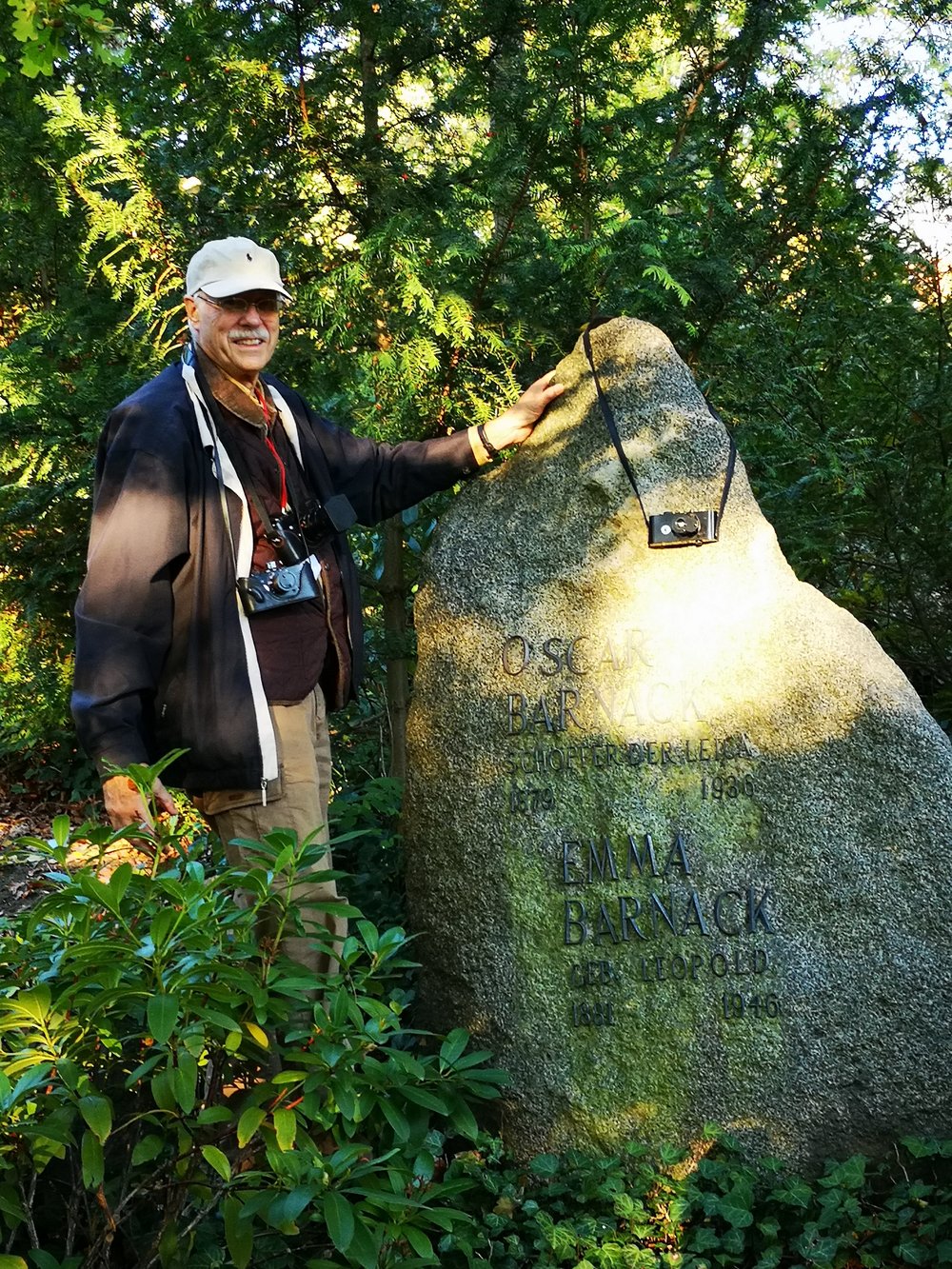
it was a great trip. Thanks William. this time, last year. here are some additional photos
https://www.facebook.com/pg/KonanThePhotographer/photos/?tab=album&album_id=1184608035062795
as we discussed during the trip, we need to organize one in Europe.
Just wish to correct the above narrative. The brass and silver replica camera with the slide shutter (M875) was not made by me, but was made by a very talented maker of old wooden cameras Ray Morgenweck. He is the owner of the company named Star Camera Company. He learned from his father and was very kind to make for me the brass and silver camera found in the photographs above. He made two and sold me one. This is the camera that we believe was the exposure testing camera used by Barnack. It is listed in Wetzlar by the museum number of M875. Since Barnack does not mention it in his note books, Wetzlar does not recognize it.
Dear George, First, it was good to meet you at Wetzlar. Second, thank you for all this additional information which readers will find fascinating.
It is interesting to note that the piece in this article about the forthcoming 35mm APO Summicron SL has been picked up by Leica Rumors https://leicarumors.com/2018/10/20/the-upcoming-leica-summicron-sl-35mm-f-2-asph-lens-spotted-at-the-2018-lhsa-meeting-in-wetzlar.aspx/ . I find this amusing as my main area of interest is in vintage Leicas and I usually don’t look much further than the Leica M range.
William
Thanks Dave. I will think about another article, including more of Marburg, the Rhine trip and Heidelberg which we visited later.
Thanks Wayne. You could try to copy and paste with this link https://www.l-camera-forum.com/topic/138638-working-ur-leica/
This has been discussed on the Leica Forum for quite a few years and George has been a regular contributor on the topic. There are some other forum members who are working on similar projects. I really admire people who do this kind of thing. My own preference is, however, to try and shoot with old cameras in as near to original condition as possible, such as the 1926 Leica I Model A and the 1915 Kodak VPK which have featured in previous articles on Macfilos.
William
Thank you for the report William. I agree with Dave regarding the first image – colour tones and light excellent.
Any chance of some more info on the George Furst Ur-Leica replica ? Could you or Michael encourage him to prepare a short write-up for us, or has there been something written elsewhere?
Dear Wayne, Thank you for your interest in the UR Leica Replica. A few of these replicas were made using the Dummy URs during the 80s and one was in the auction in Vienna last in 2016, I believe. My replicas are made here in Korea by Mr. Kim using the Dummy UR body and the original Mikro Summar 42mm f4.5 lens used by Barnack in 1914. I am preparing an article for the Viewfinder and hope in the next few months to be able to post it. I was pleased at the interest in this four year project and have found the camera to be a wonderful Barnack Experince that I wish to share with more of the Leica community in the future. Again I appreciate your interest in this over 100 year old first true 35mm camera. You can reach me at gfurst01568@aol.com if you so desire. This was a wonderful write up of this historic 50th year LHSA meeting. Sincerely, George Furst
Hello George. Thank you for your message.
I did use the link that William (aka Object Object !) indicated in the message just above mine in this thread.
It does show a comprehensive and intriguing summary of your journey to a functioning ur Leica replica. Quite fascinating.
I admire your passion for the project.
It was also good to look back at some of your history. It looks like we both started our photography many years ago with Agfa – mine was an Agfa Silette LK – and I think that Michael our Editor also had an Agfa Silette somewhere in his formative stages. However, I have only come to Leica in the digital era. My film days were Agfa/Konica/Minolta.
And it was great to see your early love of the MGB. I have had Porsche, an original Audi ur quattro, and still have a Ford Escort Mk1 RS2000 in the garage (even the Escort had its genesis at the Ford factory in Cologne, so there is a German connection there). I will be heading out to the Alpine Classic Rally of the Australian Classic Rally Club next weekend with a camera or two – I will try to get some MGB images for you.
Cheers, Wayne.
Still I do like the
Thanks George. It was great to meet you and to see your UR Leica replica in action and to visit the grave of Oskar Barnack with it. It would be nice to see, in due course, some of the photos that you took with the camera in Wetzlar.
William
Excellent article William, I notice some of your shots got photobombed by a chap resembling our very own Mike Evans. Did he dive in front of your camera at every given opportunity?
I have to say the image of the castle at the start is particularly excellent. And I would look forward to a second article with the contents of the cutting room floor.
Dave S
William – you have written a really great précis on the LHSA 50th Anniversary event! Your photos are good and you were religious about getting all the names of those featured in your photos – no mean feat when we were all having such a jolly time without much thought to ‘work’.
I, too, am a little sad I did not take along a vintage film camera to document our splendid meeting/trip. Shall we resolve to do better next time?
It was great re-meeting you! Best to Laura!
Thanks Wilbur. It always good to meet up with you and your LHSA colleagues. I was never a professional photographer, but I like to mooch around and pick up little details as I go along. Sometimes I don’t listen to tour guides, but I know that I can pick up most of the details later on Wikipedia etc. As for names, I am not generally good on them, but the LHSA name badges and name list helped greatly. As for Ms Richter, the guide, the similarity of her name to that of Leica author Ulf Richter struck me immediately.
If you get an ‘object, Object’ on this posting don’t worry. It is probably James Joyce trying to communicate from beyond the grave.
William
That is most assuredly true, as, "A man of genius makes no mistakes. His errors are volitional and are the portals of discovery."
WOW! What a trip, think I like church photos best, along with photos early Leica’s.
Thanks John. A lot of material hit the cutting room floor, including some of the church, the Rhine cruise and a later trip to Heidelberg. I may think about a Part II follow up.
William
Thanks David. I have a lot more river cruise photos, but they fell under the ‘editorial scissors’.
William
Hi William…
I came across a bundle of vintage leicas and all sorts of other photography equipment.
Not sure where to begin…
Can you help point me in the right direction?
This is what lead me to you..
I have the 1989 —21st Anniversary Meeting poster THE INSIDE STORY OF LEICA signed by James Munro.
Thanks Carol
If you send the details to info@macfilos.com, Mike Evans will forward them to me. I am going to Wetzlar this week for the opening of the Ernst Leitz Museum and I will respond to you when I get back if I have the details.
William
William,
Thank you for your reply. I should also say that I do not know anything about shooting film. I will take several photos… and send them to the info email.
Much appreciated.
Carol Young
Thank you William for your most interesting article, portraits, glimpses of old and new equipment, but especially for your beautiful river boat cruise scenes. Simply lovely.